VCE psych u3aos1
1/105
There's no tags or description
Looks like no tags are added yet.
Name | Mastery | Learn | Test | Matching | Spaced |
|---|
No study sessions yet.
106 Terms
Human Nervous System
Contains all the neural tissue located in the brain, spinal cord, and nerves.
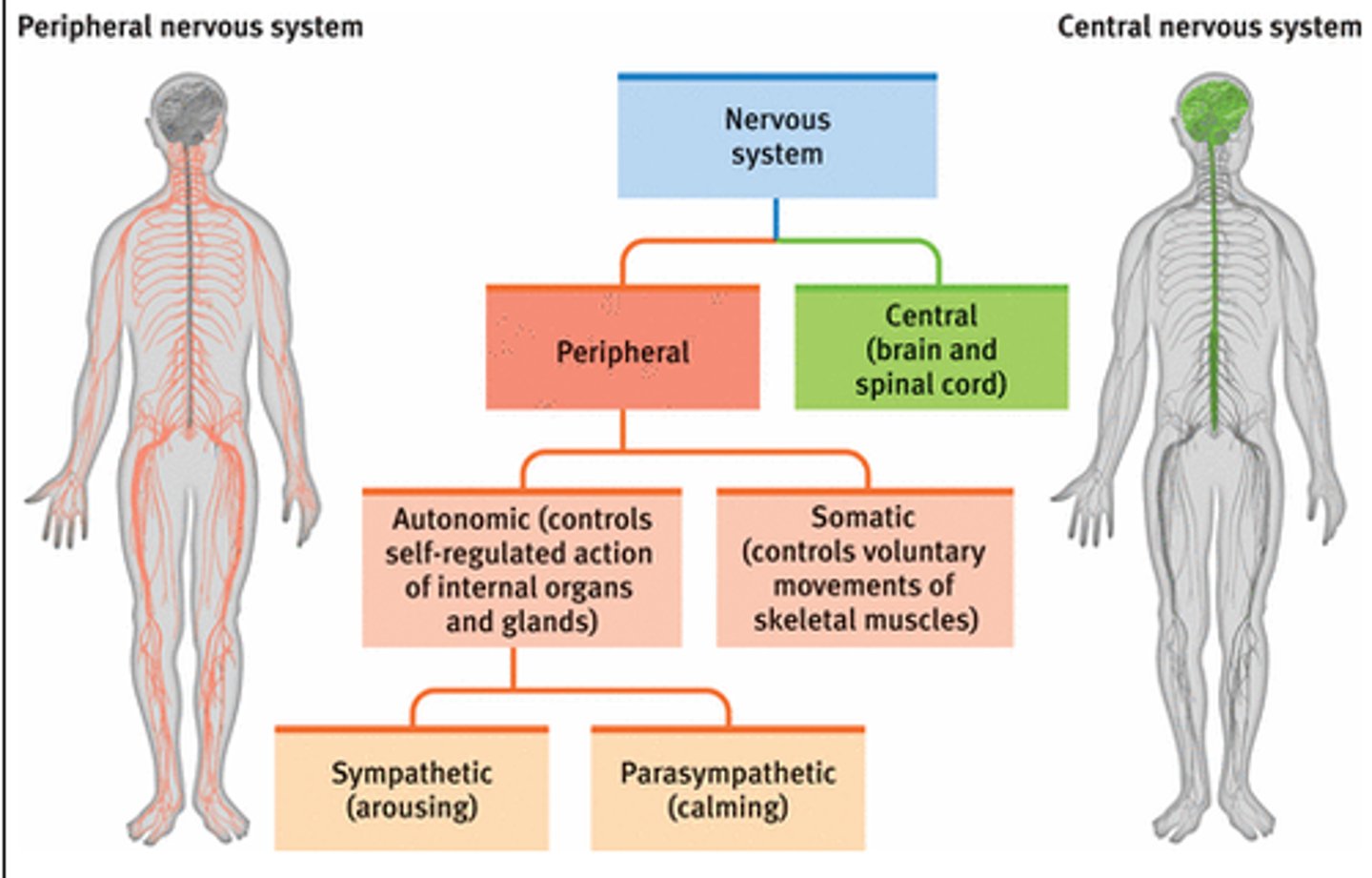
what does the human nervous system do?
enables the brain and body to exchange neural messages and communicate with one another.
3 main roles of the human nervous system
1. reception of sensory info
2. processing of received info
3. response to received info
Central Nervous System
made up of brain and spinal cord, responsible for transmitting and receiving neural messages to and from the peripheral nervous system

Brain
the body's information center, responsible for coordinating and processing actions, thoughts, behaviours
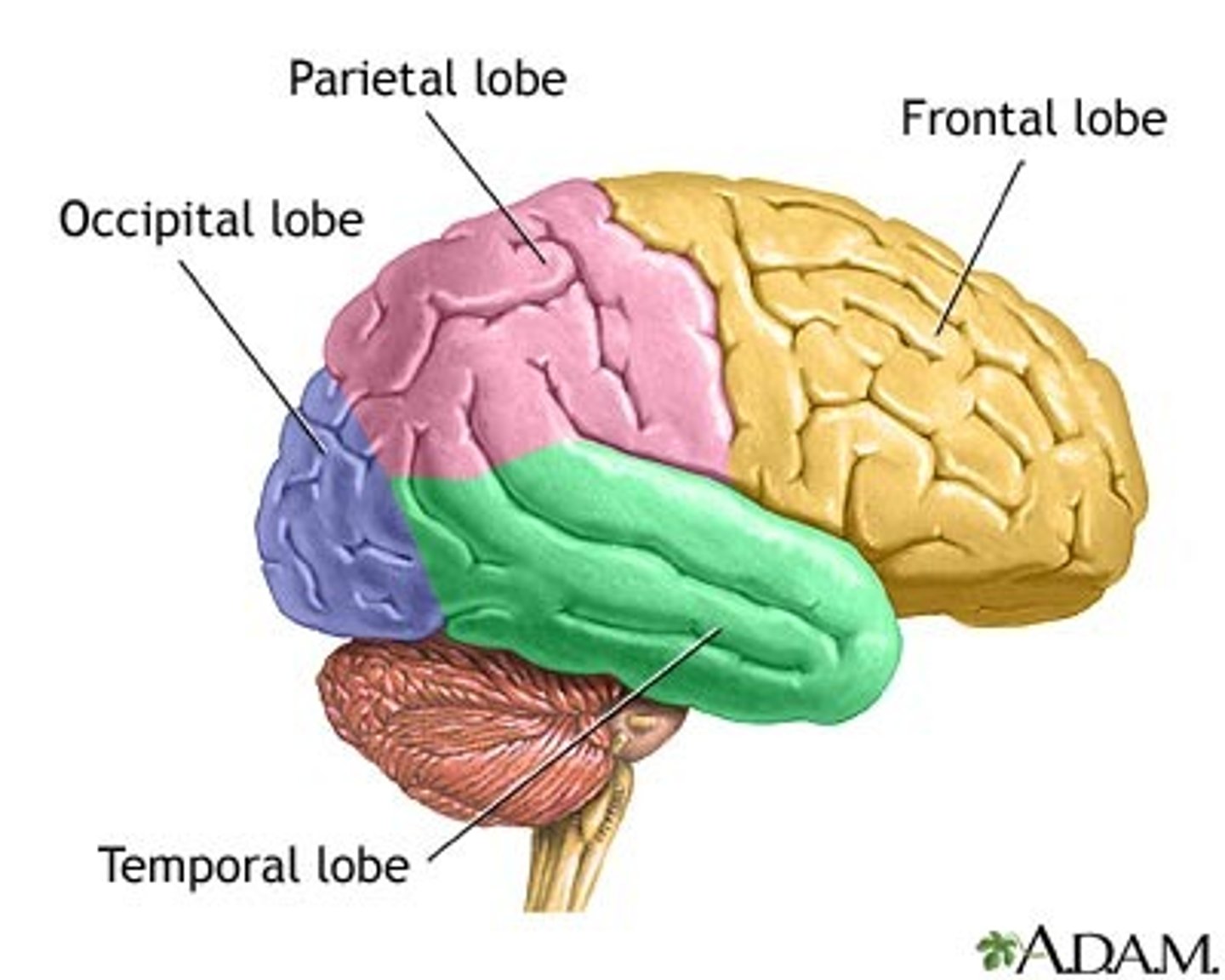
spinal chord
long cable of nerve tissue (neurons) that extends from the brain, connecting it to the peripheral nervous system.
responsible for carrying motor info from the brain, and sensory info from the body.
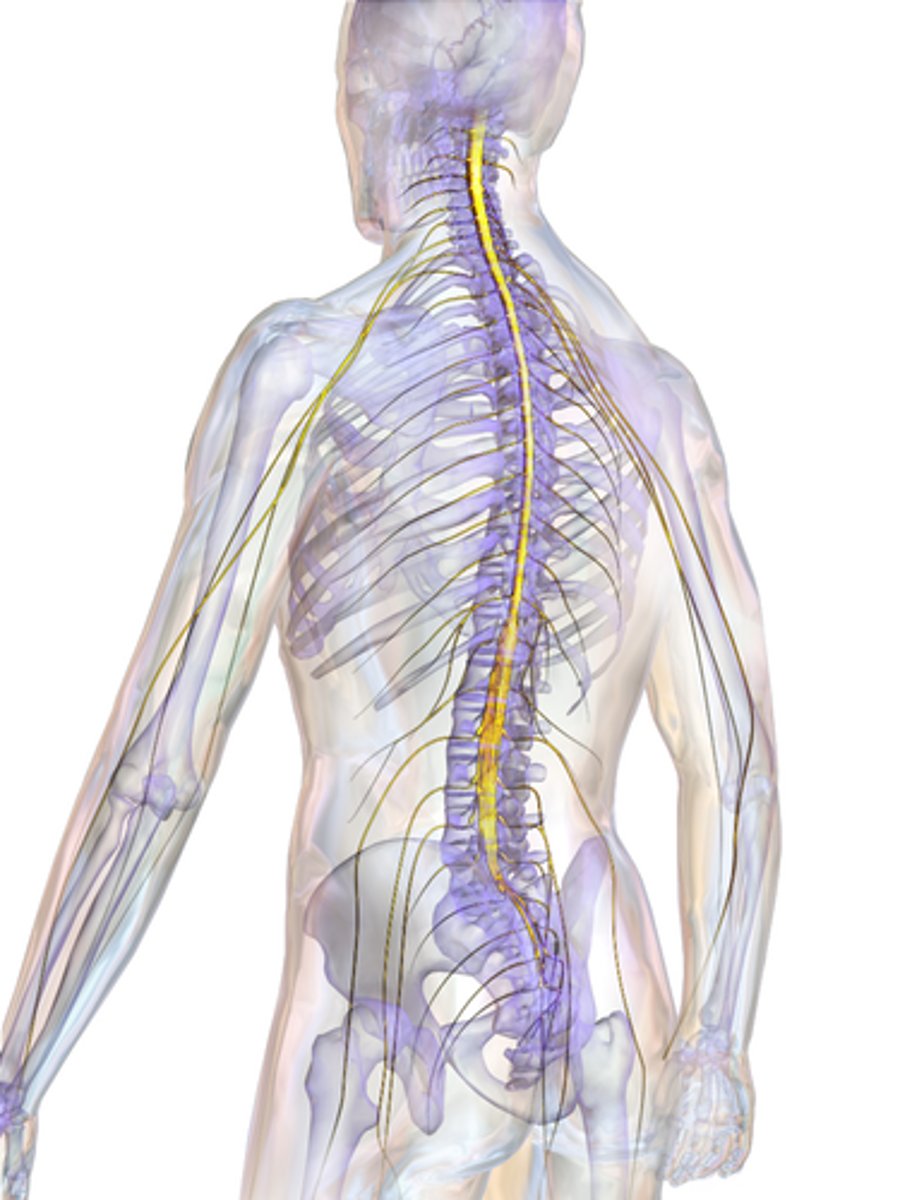
2 main functions of the CNS
1. carry sensory info such as pain, heat on the skin, from various areas of the body to the brain for processing.
2. carry motor (movement) info from the brain to the muscles, glands and organs so that action can be taken.
peripheral nervous system + 2 functions
contains all neurons/nerves OUTSIDE of the CNS.
1. carrying info to the spinal cord
2. carrying info from the spinal cord

2 divisions of the PNS
1. somatic nervous system
2. autonomic nervous system
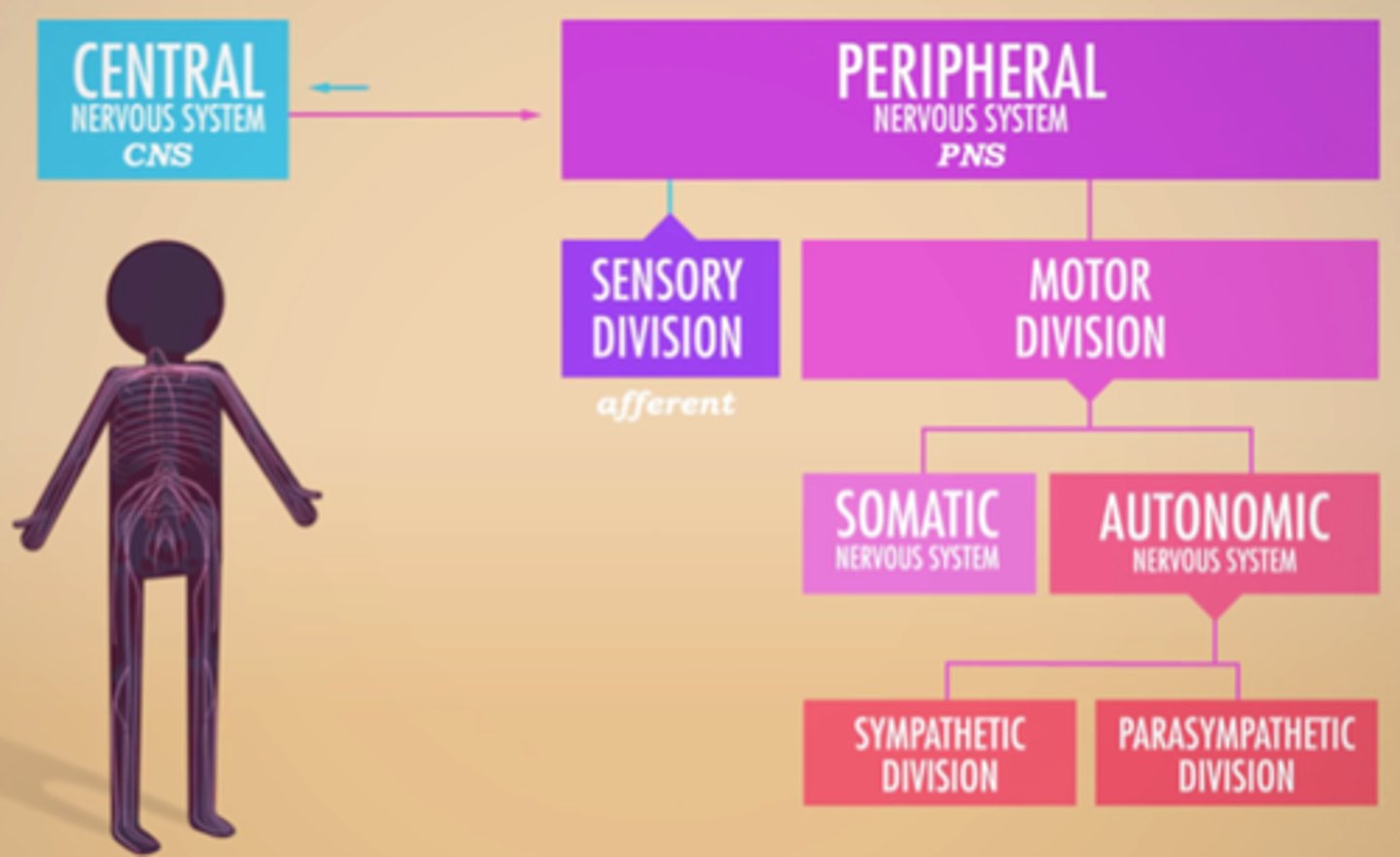
somatic nervous system
th network of nerves that carries sensory info received at the receptor sites in the skin, muscles, joints and tendons to the central NS via sensory neurons.
ALSO carries motor info from the CNS to voluntary muscles of the body via motor neurons.
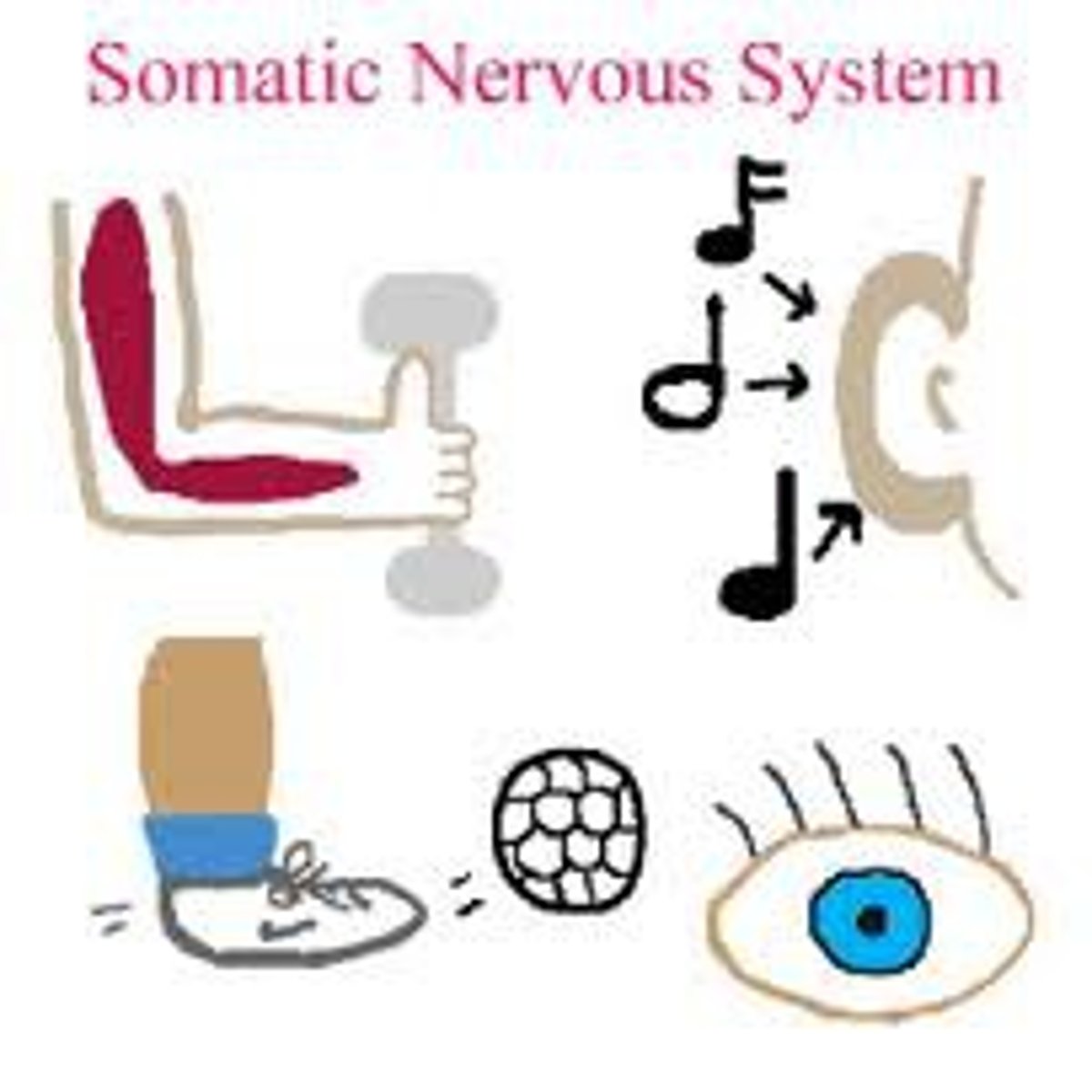
Somatic NS functions
- receive any sensations from exgternal environment via sensory neurons in the skin or sense organs
- make any voluntary movements or actions to respond to external environment via motor neurons connecting to the muscles
interneurons
transfer messages between sensory neurons and motor neurons
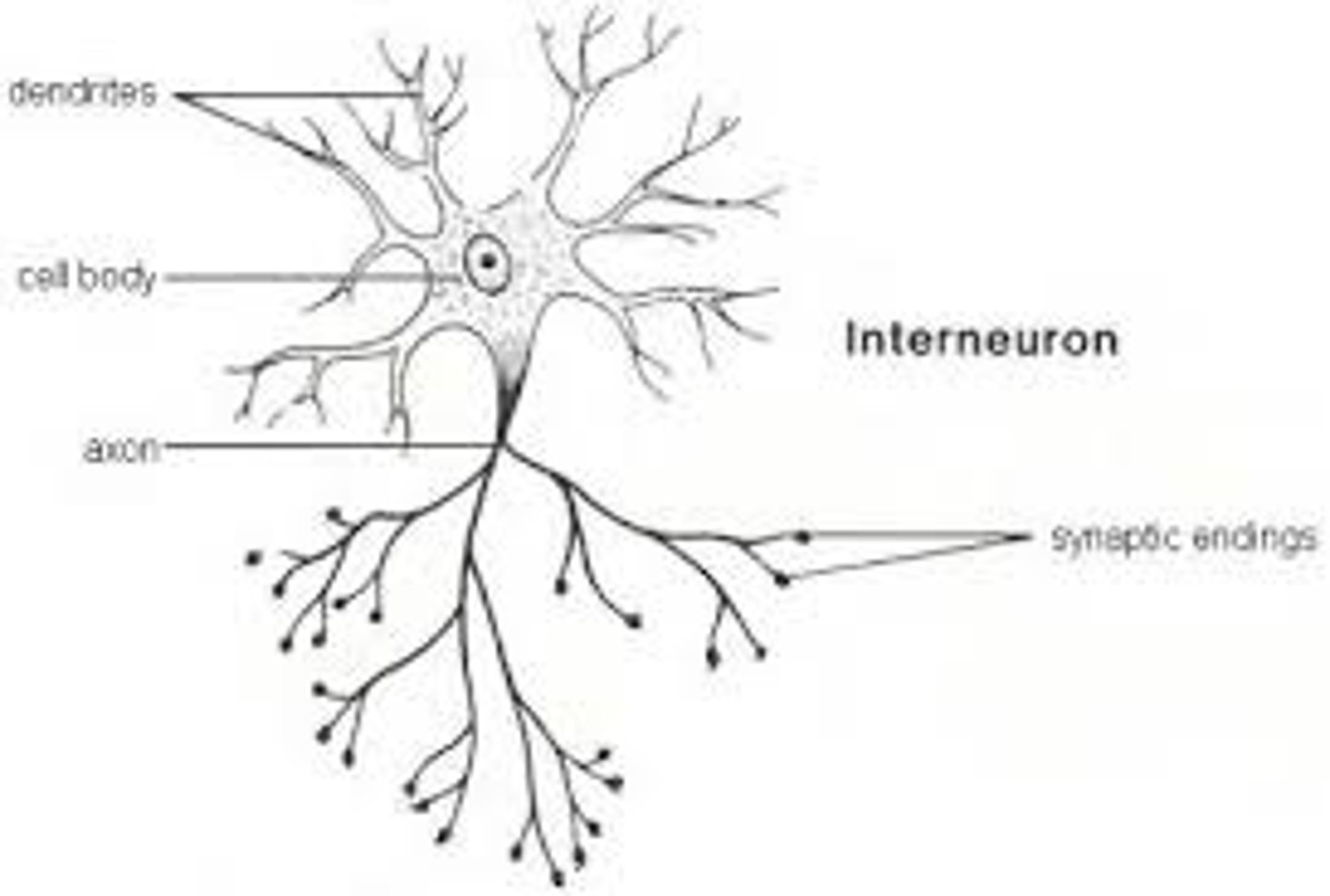
what does S.A.M.E stand for + meaning
Sensory- Afferent
Motor- Efferent
Sensory neural info in the body is carried along bundles of nerves known as afferent tracks.
Motor neural info in the body is carried along bundles of nerves known as efferent tracks.
autonomic nervous system
responsible for regulating visceral muscles and glands, such as heat, stomach, liver about their activity and initiates the responses of the body without concious control
- mostly self-regulating
2 divisons of the ANS
1. sympathetic nervous system
2. parasympathetic nervous system

sympathetic nervous system
immediately increases the activity of visceral muscles at times of vigorous activity/stress/threat.
aka flight/fight/freeze response
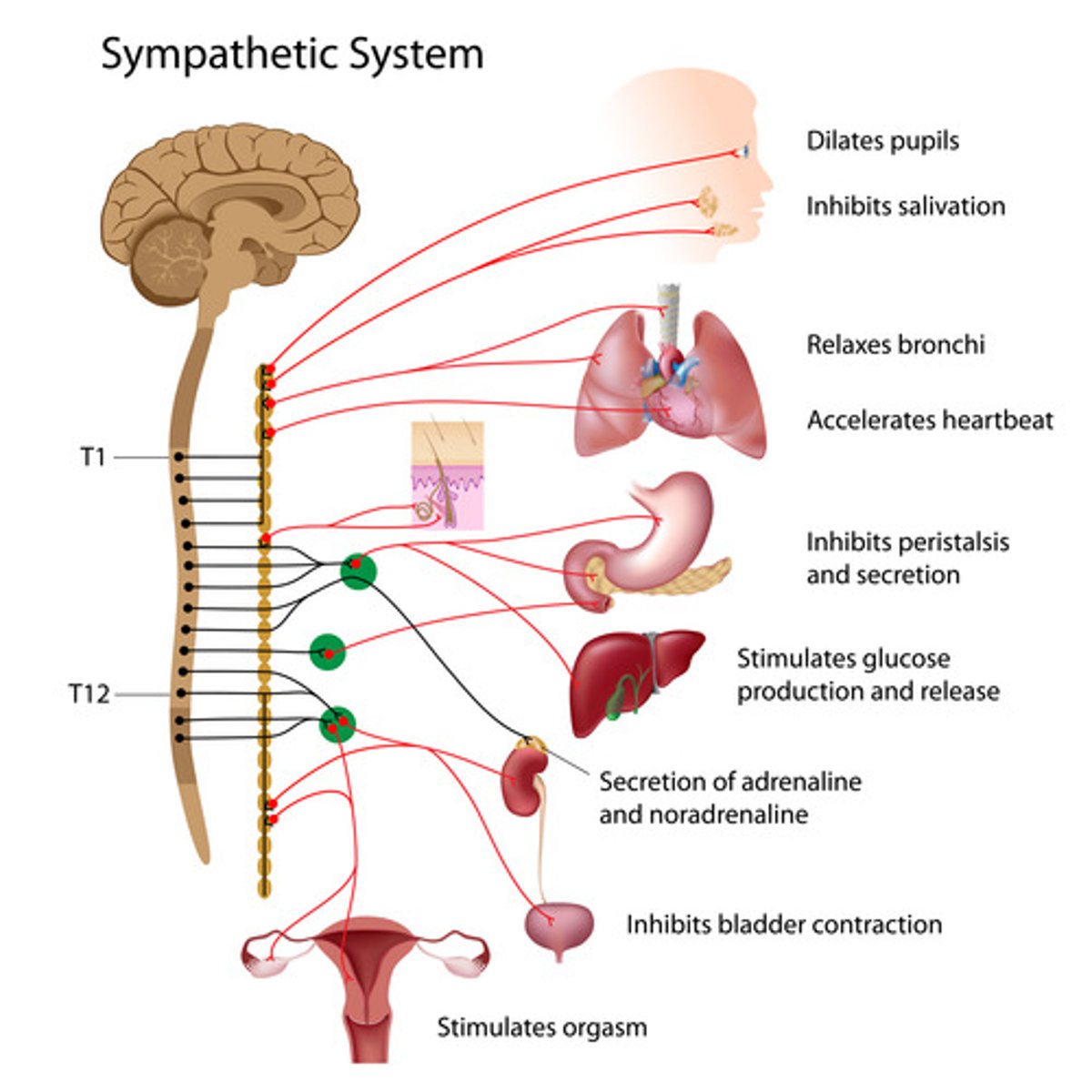
parasympathetic nervous system
gradually decreases activity of visceral muscles once the threat has been eliminated. aims to maintain balanced state- homeostasis
(normal levels of functioning most of the day)

are the SNS and PNS concious or unconcious? explain.
both divisons of the ANS operate without conscious control and complement/blance each other, regulating physiological arousal.
The PNS and SNS do not switch on/off but have times of increased/decreased activity where one may dominate.
note: PNS is the dominant alpha sigma
concious responses
deliberate and voluntary actions that are intentionally initiated by the brain and performed by the body
note: SNS and CNS interact to enable conscious responses to stimuli

steps of concious responses to stimuli
1. sensory stimulus comes into contact with sensory receptors
2. sensory neural message is transmitted via afferent pathways in SNS, then spinal chord to the brain
3. brain processes sensory info, coordinating + initiating a concious motor response
4. motor neural message is transmitted via efferent pathways in the spinal cord
5. skeletal muscles carry out conscious motor response to sensory stimulus
example of a concious response
1. cold water comes into contact with hand
2. cold sensation transmitted to brain
3. brain receives cold sensation, coordinates + initiates motor movement to increase water temp
4. motor resonse transmitted to skeletal muscles
5. skeletal muscles move persons hand towards the 'hot tap' to increase water temp.
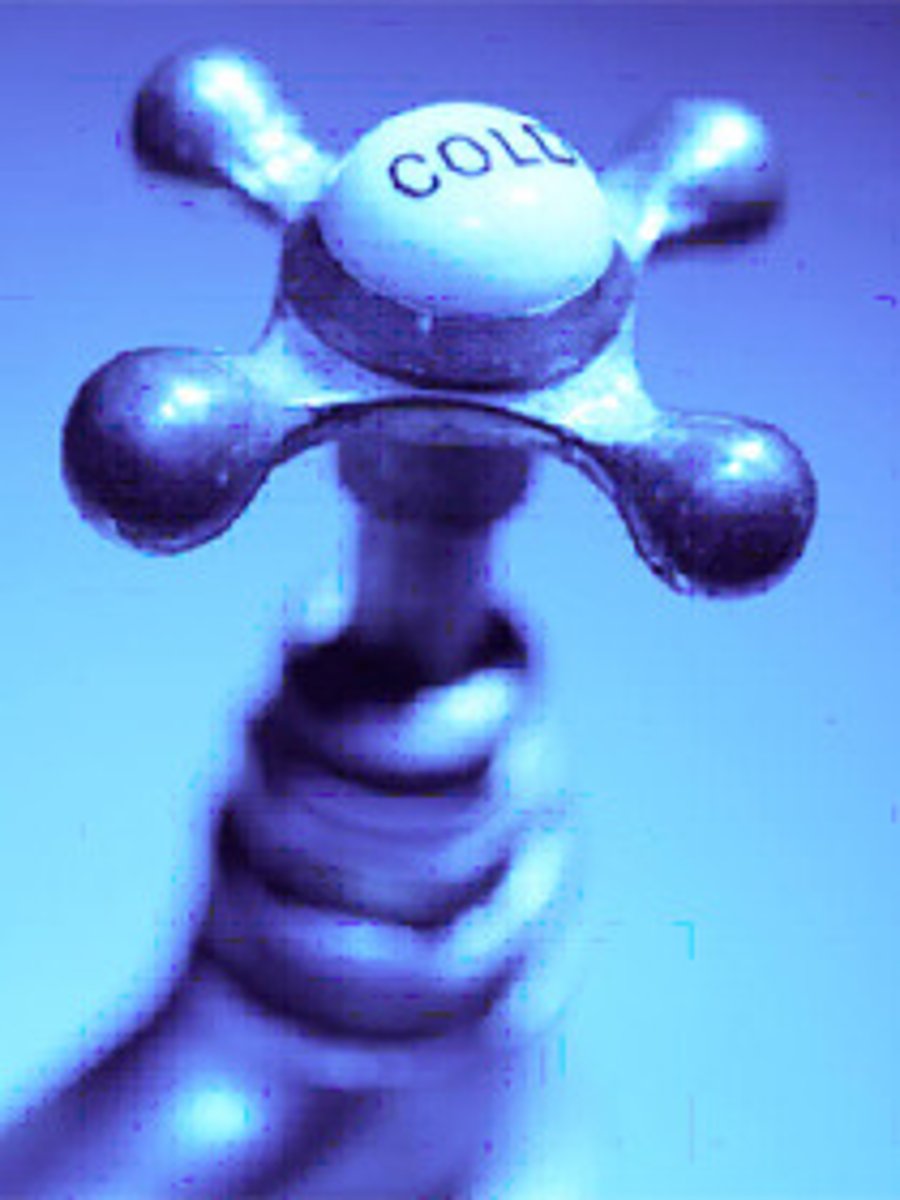
unconcious responses
automatic and involuntary actions that are performed by the body independently of the brain.
note: OBVIOUSLY occuts without concious awareness

physiological responses of the ANS
different unconcious physilogical responses of the visceral muscles, organs and glands that occur depending on which of these divisons is dominant.
sympathetic responses
- heart rate increases to increase blood flow, which enables high levels of phyical activity
- breathing rate increases and lung airways expand to increase oxygenation, enables high levels of physical activity.
- pupils dilate to allow more light to enter the eyes, improving vision.
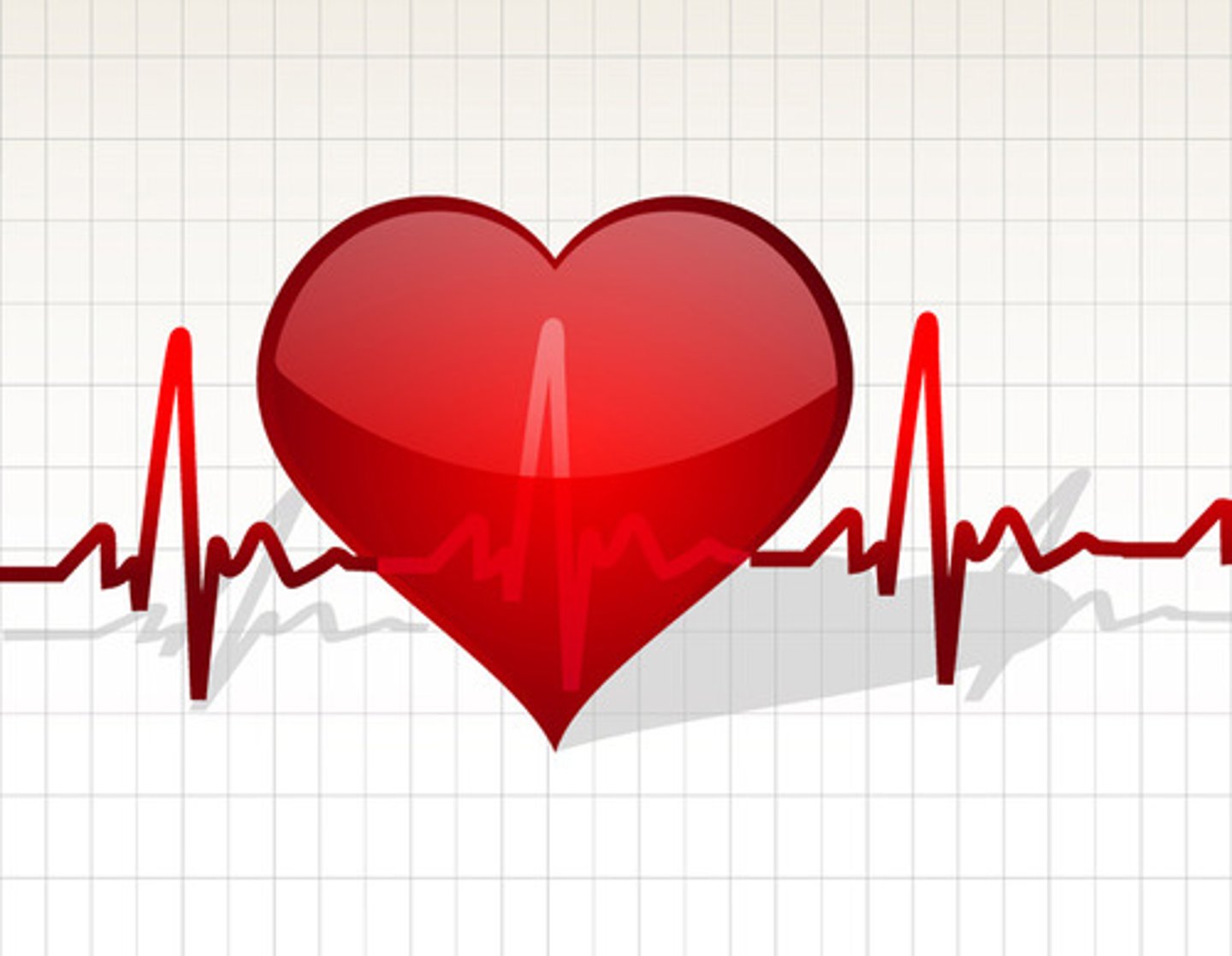
parasympathetic responses
- heart beats at a steady & regular rate that supports optimal functioning.
- lung airways constrict, enabling steady & regular breathing rate.
- pupils constrict according to external light levels, allowing for appropriate amount of light to enter eyes.

fight flight freeze response (sns)
activated by a stressor or a fearful stimulus.
when a stressor is perceived, the adrenal glands release hormones into the bloodstream (adreneline) which have am immediate effect on organs, internal muscles, and glands.
shortcut: causes changes in the body's functions leading to increased autonomic arousal.
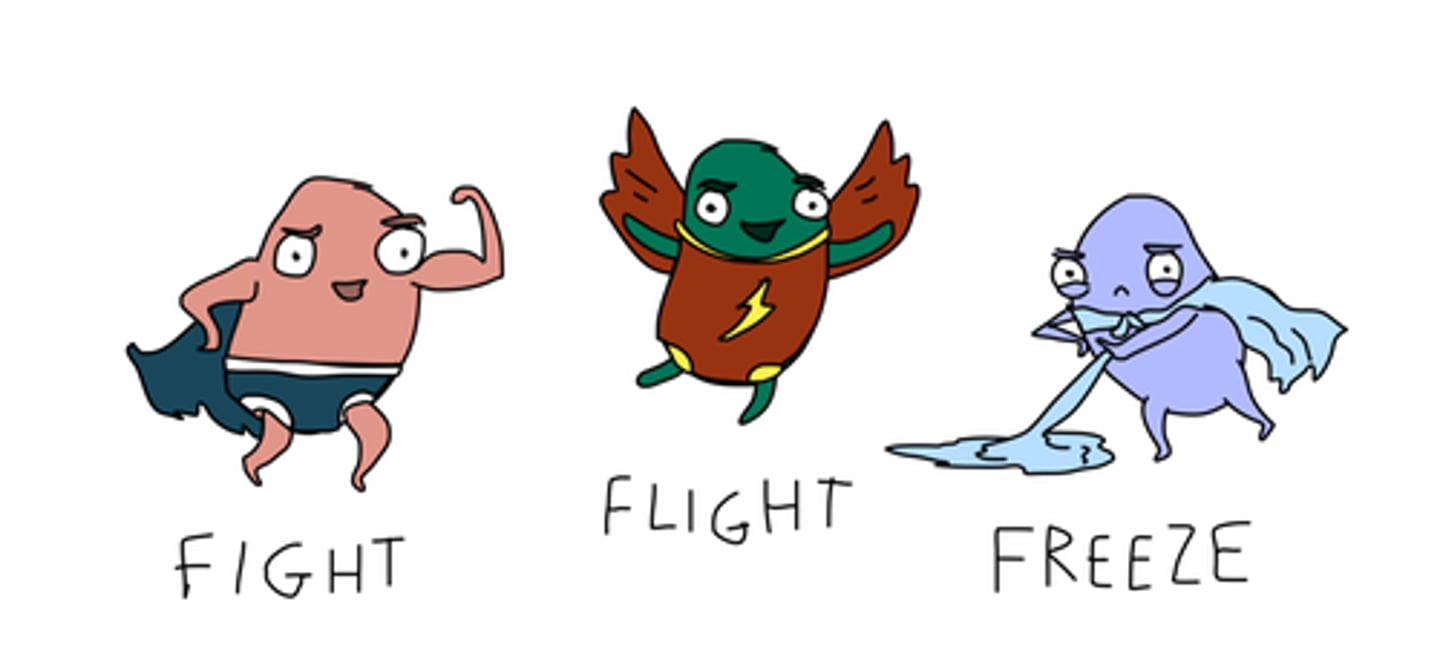
rest and digest response (pns)
maintains body's normal level of functioning (homeostasis) in minimal stress times. acts to counterbalance the actions of SNS.
most active in times of relaxation.
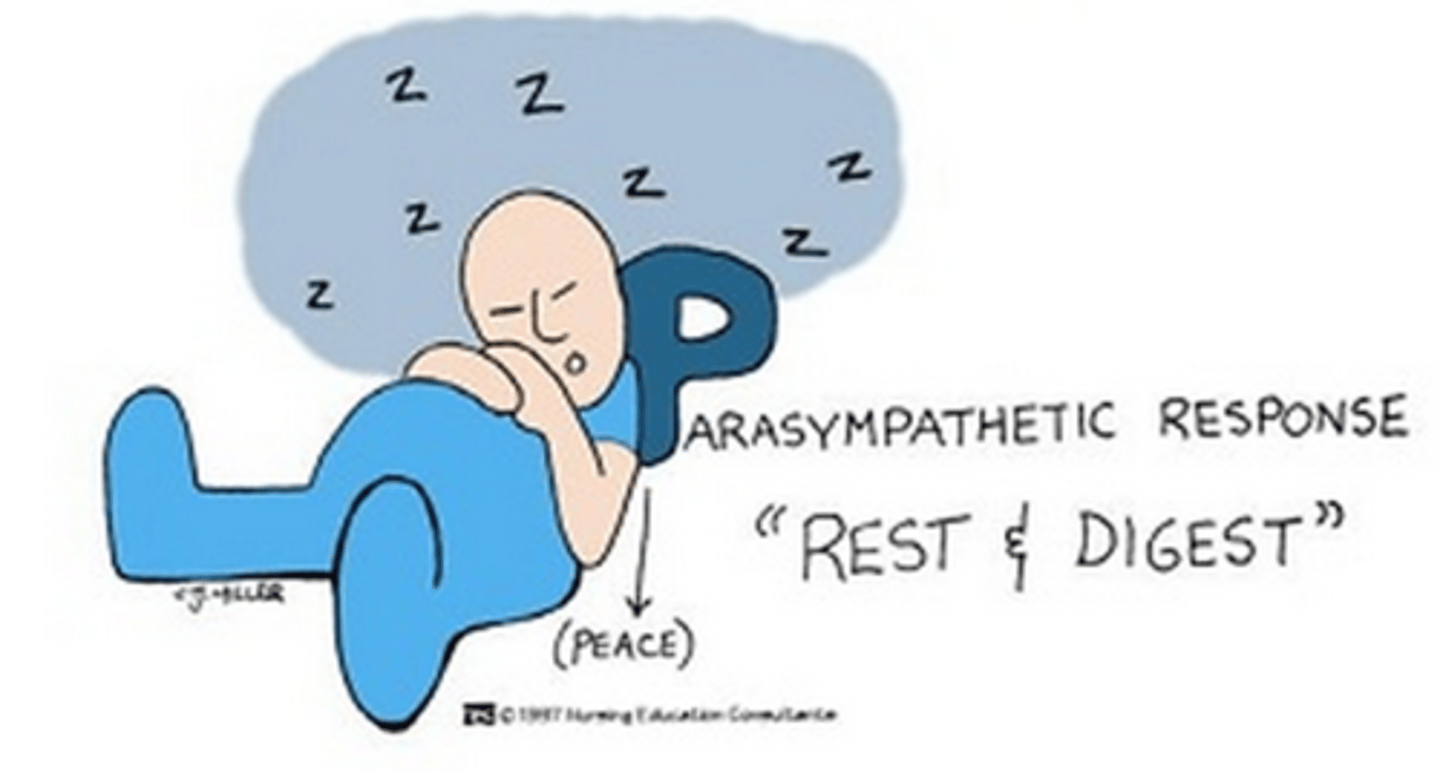
spinal reflex
reflex that involves an immediate unconcious motor response. (from the spinal cord)
ex. withdrawal reflex occurs whe someone immediately withdraws their hand after touching something hot.
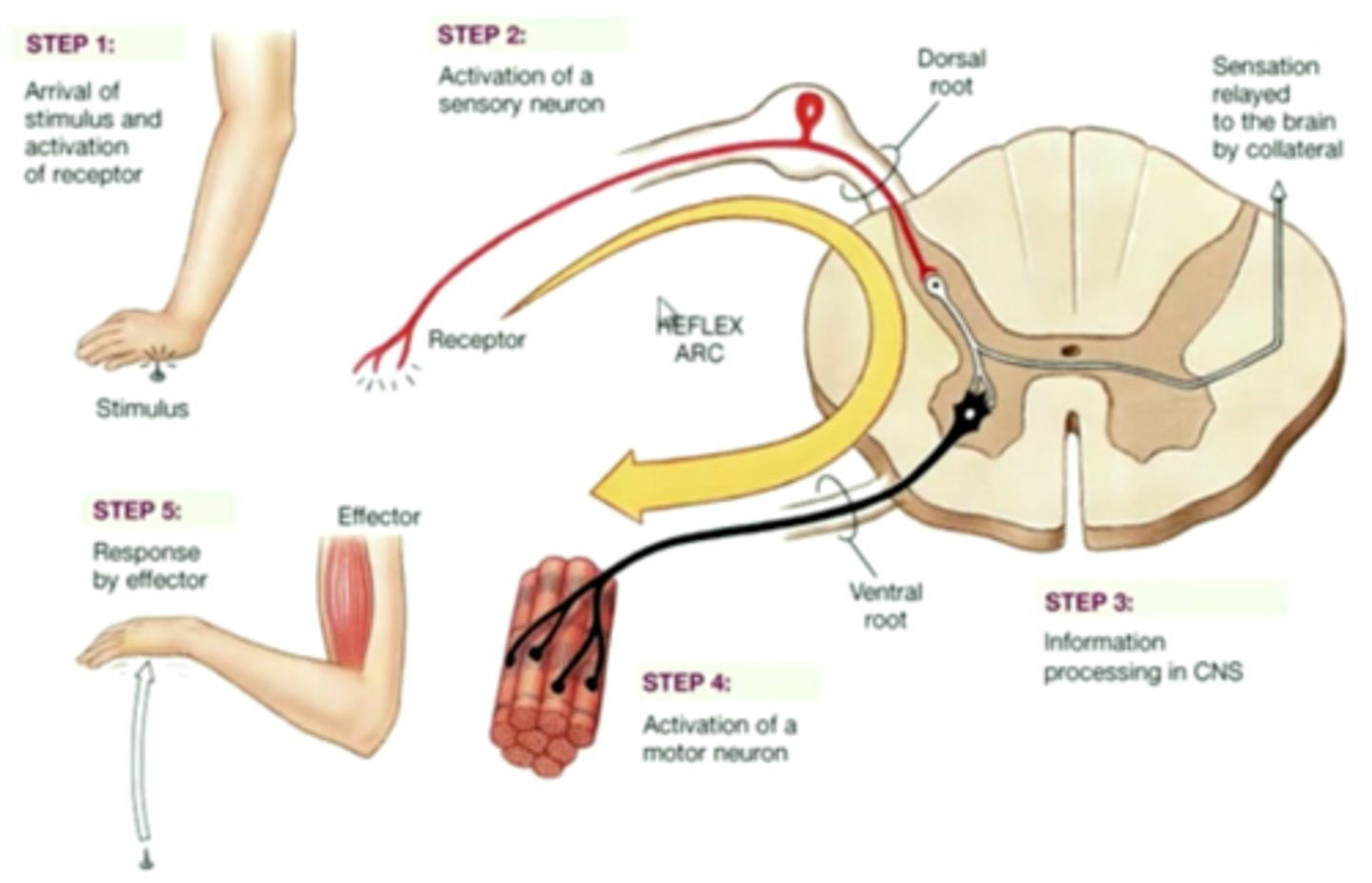
spinal reflex steps (most likely mcq)
1. sensation occurs
2. interneurons within spinal cord
3. response and sending of message to the brain.
spinal reflex steps (sa explanation!)
1. a harmful sensory stimulus is detected by sensory receptors, which transmit this message via sensory neurons in the SNS to the spinal cord.
2. interneurons in the spinal cord immediately relays this neural signal to a motor neuron, initiating an automatic and unconcious motor response.
3. motor message is transmitted via motor neurons in the SNS to skeletal muscles, which carry out this unconcious motor response to the dangerous stimulus.
4. sensory message continues to travel via afferent tracks in the spinal cord to the brain. the brain will then independantly register the sensation that reiggered the spinal reflex.
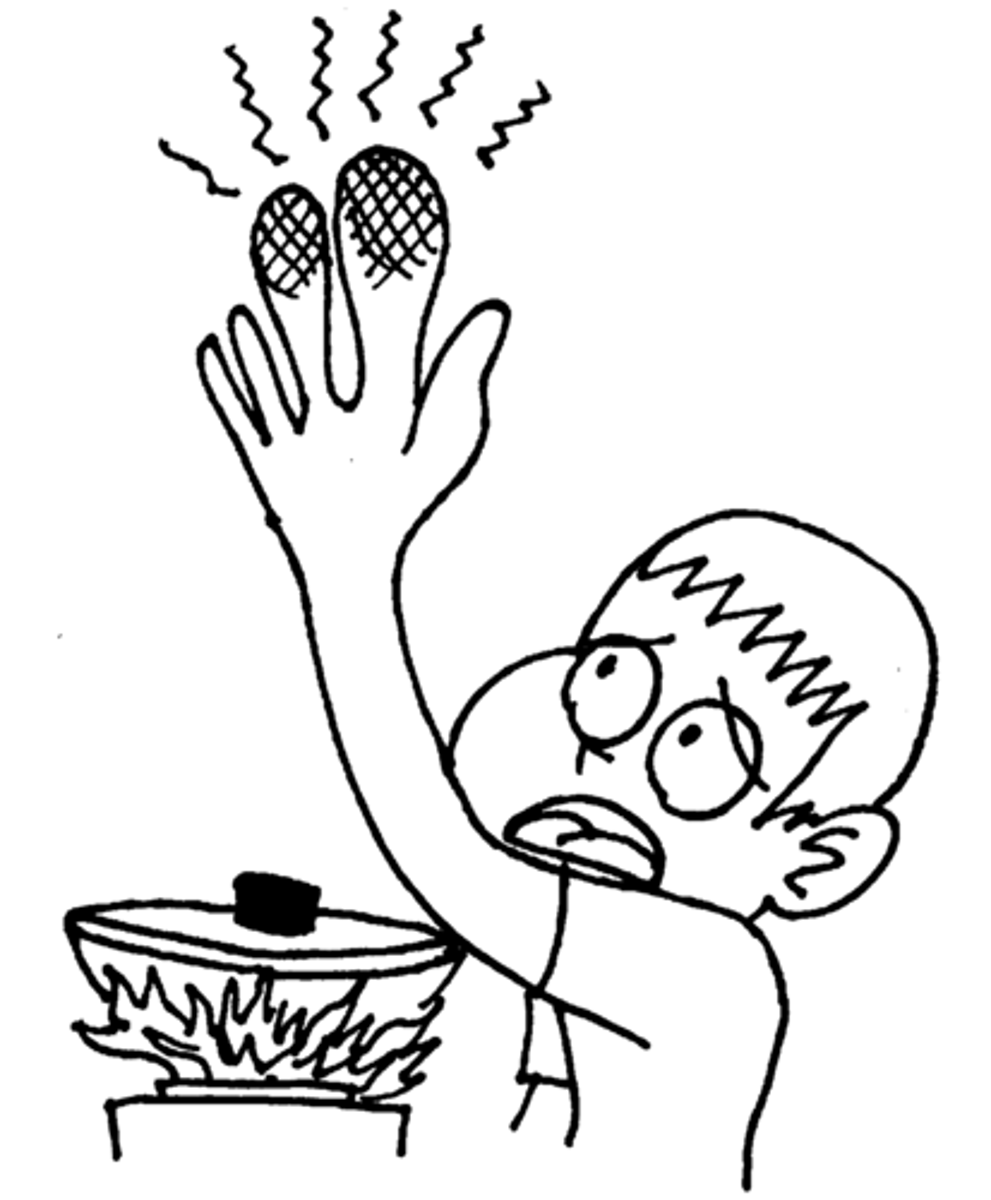
neurons function
to transmit, receive and process information in the human nervous system

neural transmission
process in which a neuron sends a message.
the neural message is sent across the space between the neurons, aka synapse
neural reception
process in which a neuron accepts/receives a message
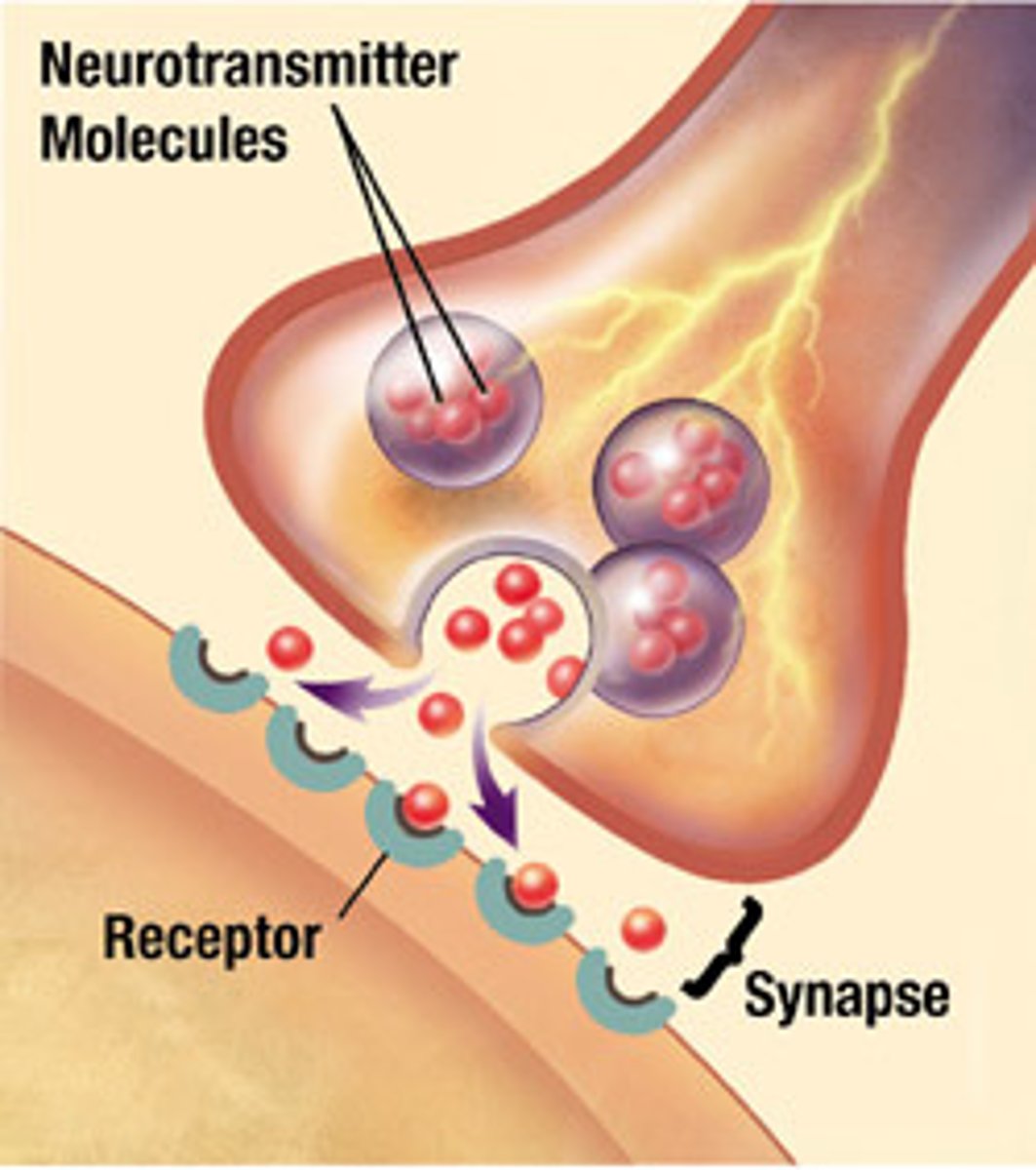
presynaptic neuron
the neuron that fires the impulse into the synapse. the neuron that comes BEFORE the synapse
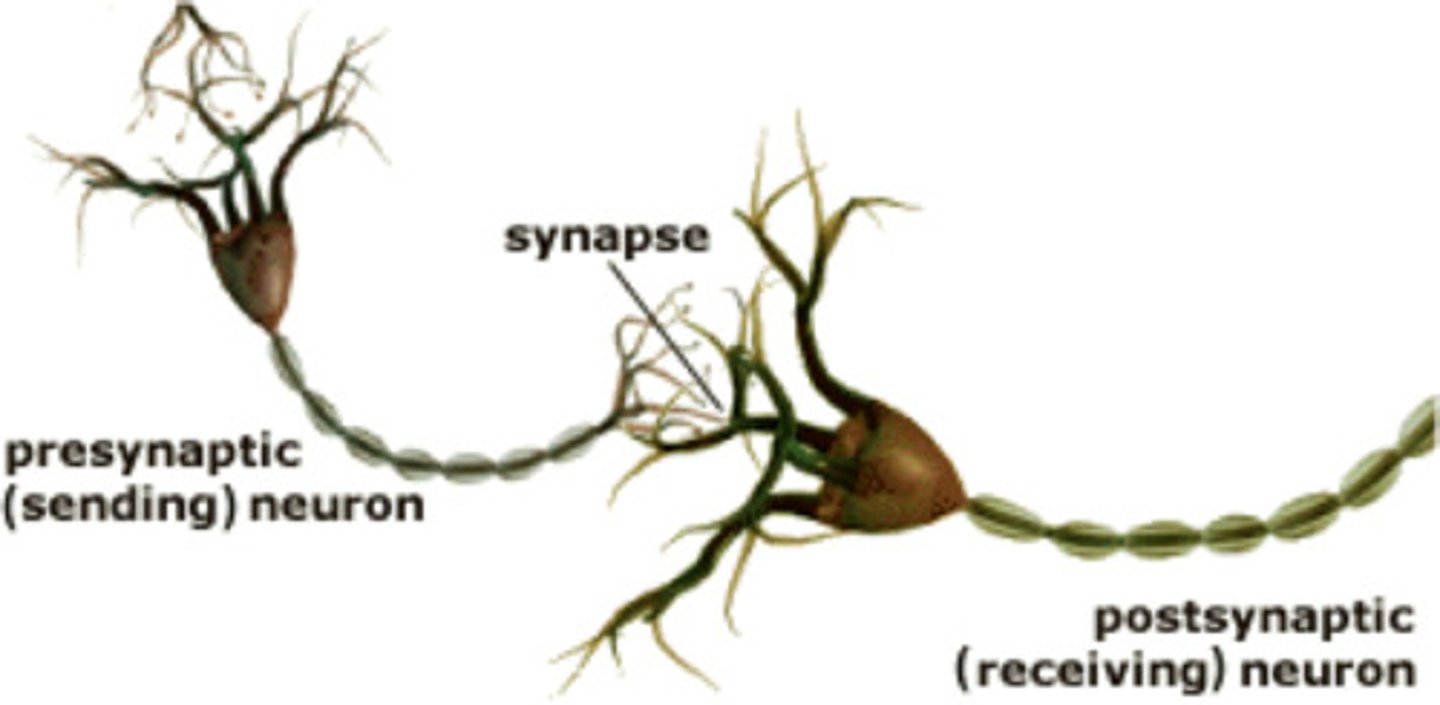
postsynaptic neuron
the neuron that recieves this message from the synapse. the neuron that comes AFTER the synapse.
neural communication
1. neurons release chemical substances into gap called neurochemicals
2. neurochemicals are stored in vesicles and are released when an action potential reaches the axon terminal
3. neurochemicals then cross the synaptic gap anmd bind with receptors on trhe dendrites of the neighbouring neurons to allow the action potential to continue in the second neuron.

process of synaptic transmission
1. neurochemicals are produced in the axon terminals of the presynaptic neuron
2. neurochemicals are relased from the axon terminals of the presynaptic neuron into the synaptic gap
3. neurochemicals bind to receptor sites on the dendrites of the postsynaptic neuron.
4. neurochemicals affect the postsynaptic neuron, either triggering or inhibiting a response
neurotransmitters
chemical molecules that have an effect on one or two postsynaptic neurons.
enables rapid communication between 2 neurons across the neural synapse.

excitatory neurotransmitters
increases the likelihood of the postsynaptic neuron firing action potential
excitatory effects occur when an excitatory neurotransmitter binds to receptor sites on the dendrites of the postsynaptic neuron.
enhances neural transmission along neual pathways by activating postsynaptic neurons.

excitatory neurotransmitter example
glutamate.
increases likelihood of firing action potential.
learning, memory, synaptic plasticity, thought, movement, strengthening connections between neurons that are repeatedly activated during learning.
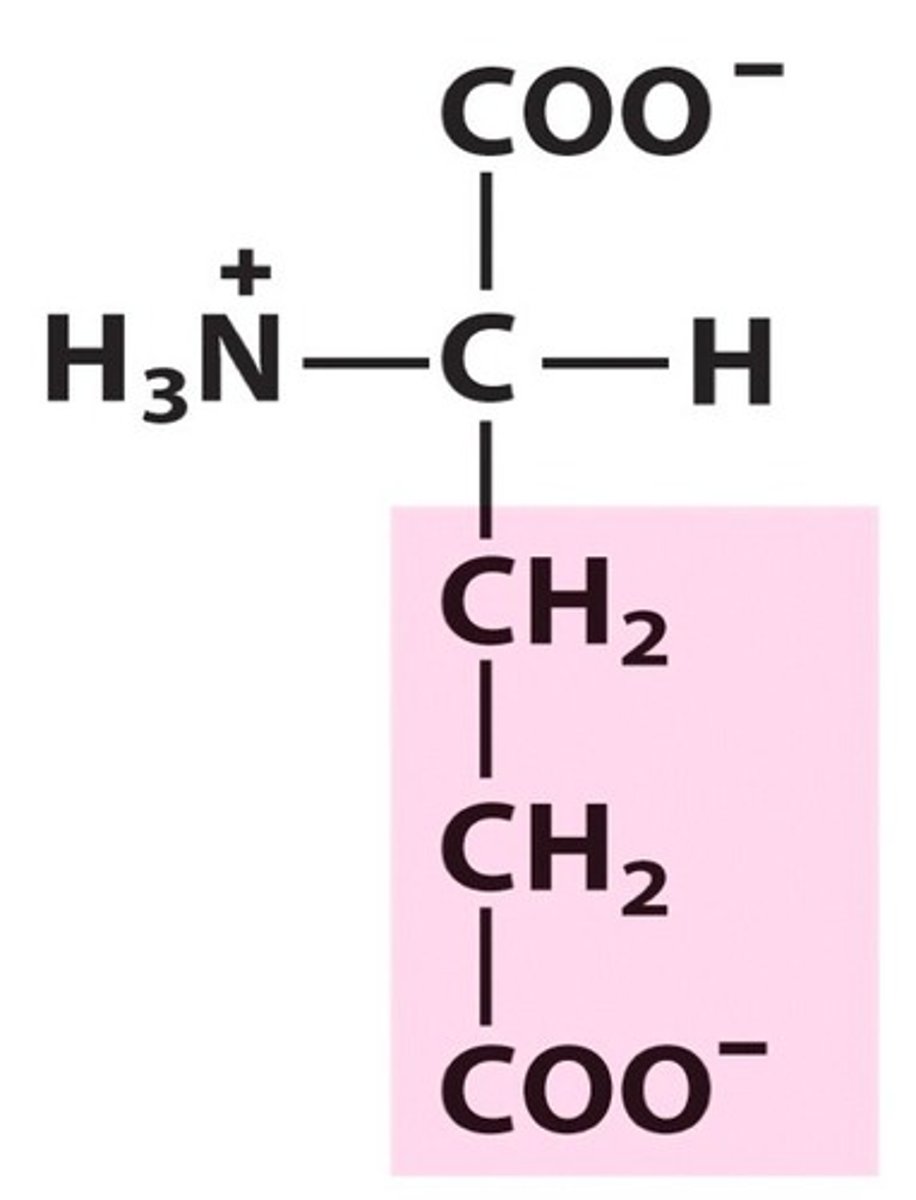
inhibitory neurotransmitters
decreases the likelihood of the postsynaptic neuron firing action potential.
inhibitory effect occurs when binding to receptor sites of the postsynaptic neuron.
supresses neural transmission from occuring along the pathways by regulating the activation of postsynaptic neurons.
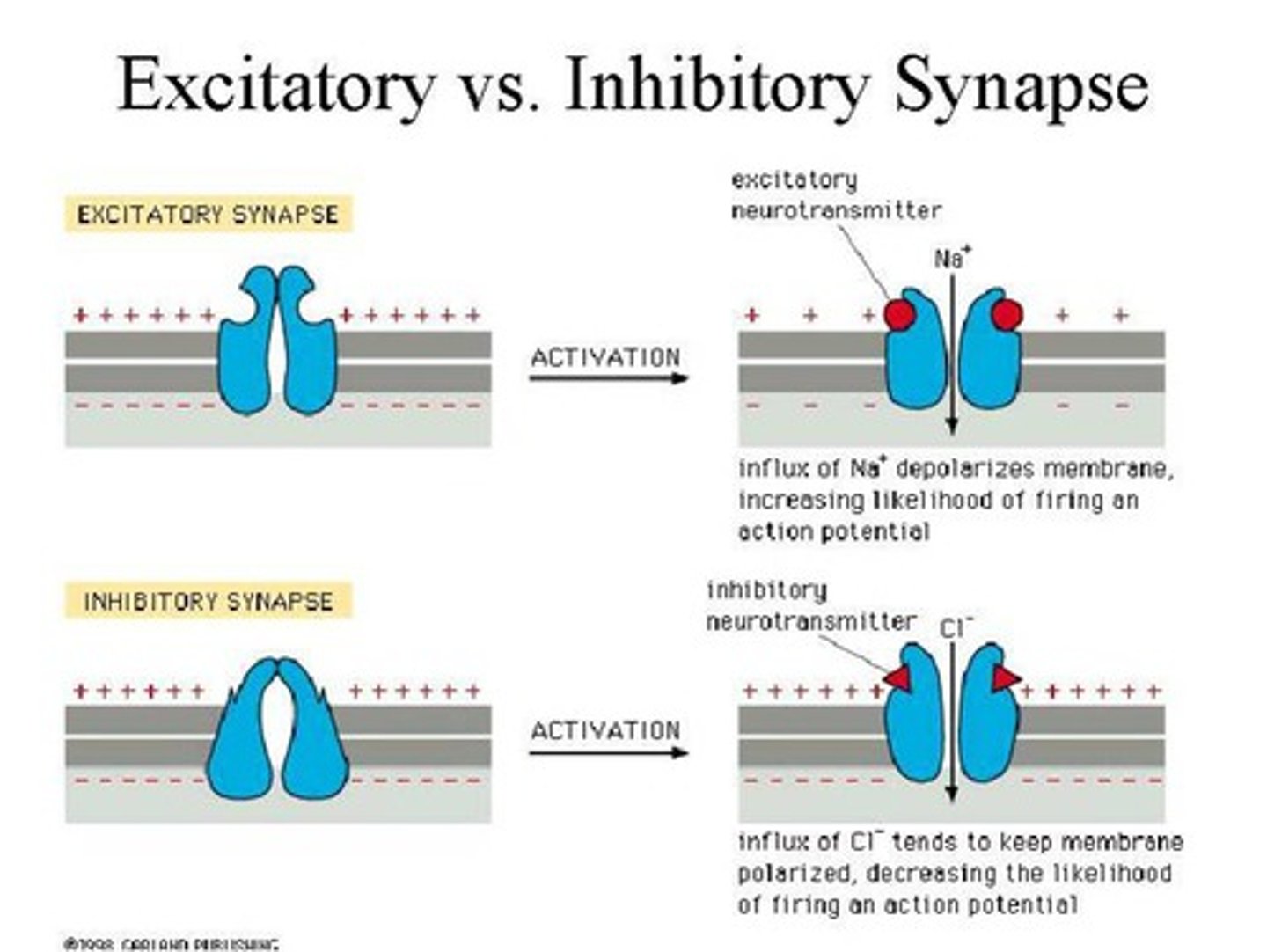
inhibitory neurotransmitter example
GABA / gamma-aminobutyric acid
decreases likelihood of firing action potential
regulation of postsynaptic activation in neural pathways, prevent overexcitation, reduces anxiety, prevents seizures by inhibiting uncontrolled firing of action potentials

action potential
when a neuron sends an electrial impulse down the axon.
note: the neuron must be adequateley charged.
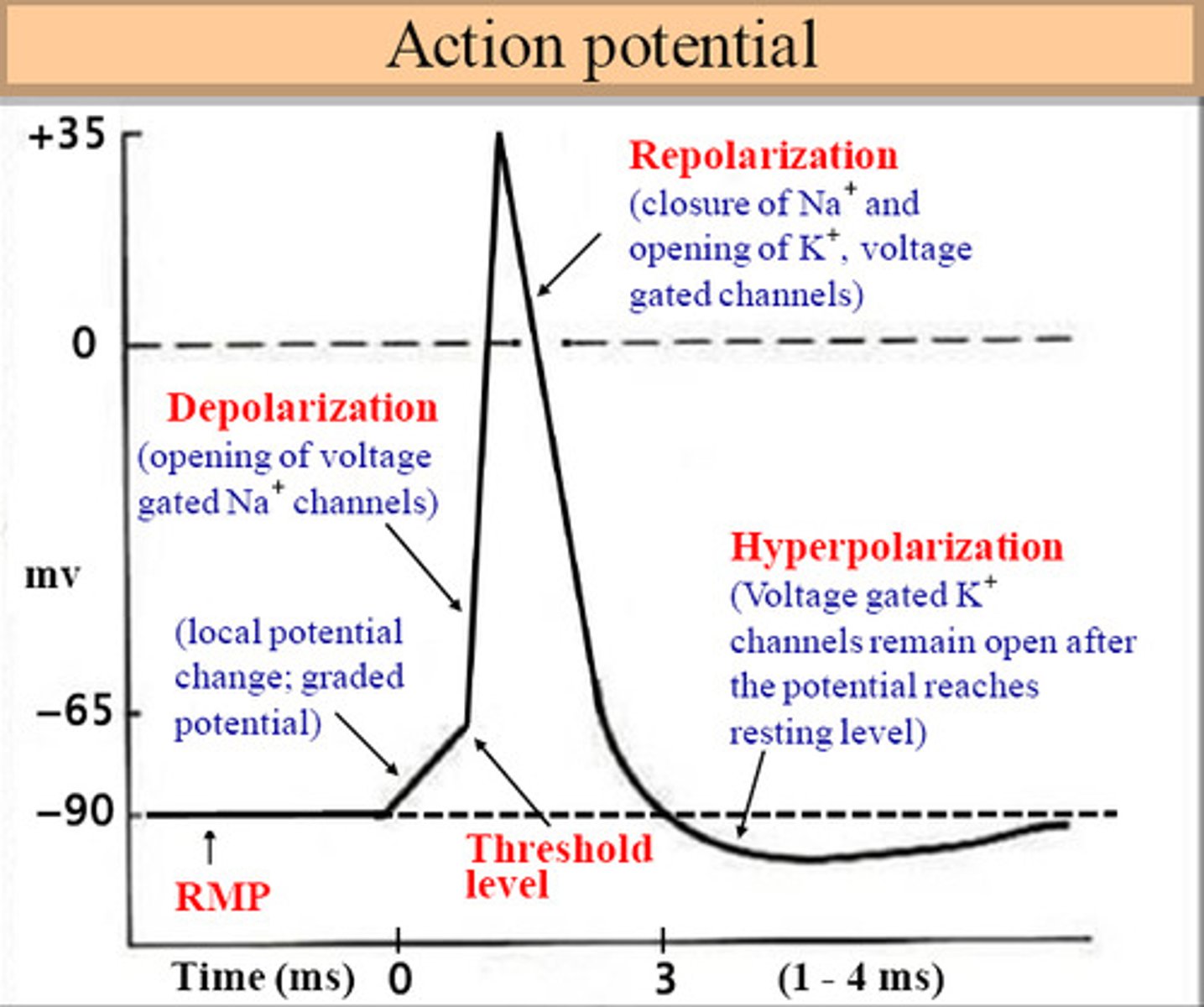
neuromodulator
chemical molecules that have an effect on multiple postsynaptic neurons.
note: modulates neural activity on a larger scale than neurotransmitters.
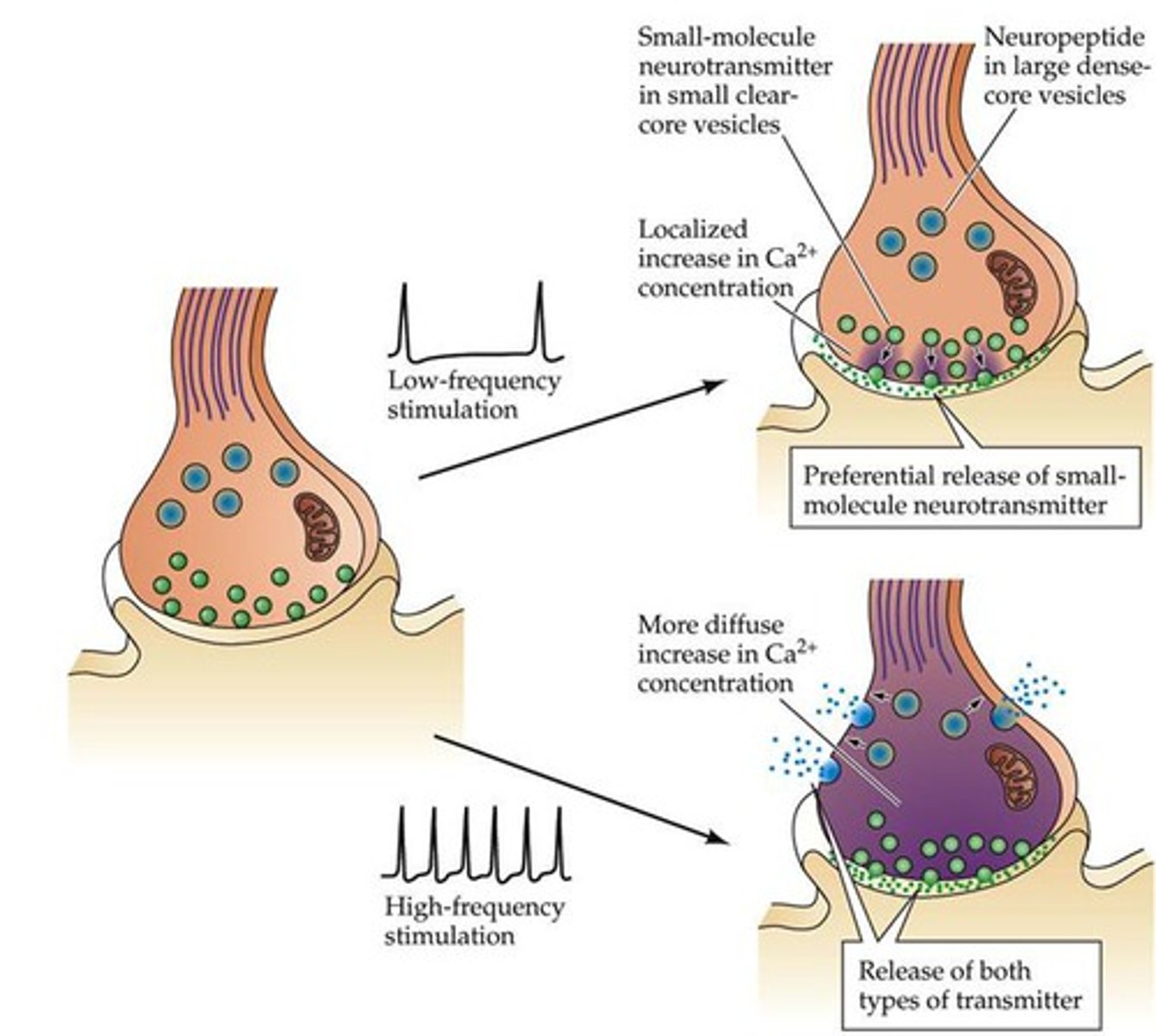
dopamine
originates from regions of the midbrain
either excitatory or inhibitory depending on type of recepter sites present at the particular brain location.
functions: transmits neural info for smooth muscle movement, motivation, and addictive behaviour.
MUST-KNOW note: primarily responsible for voluntary motor movement, the experience of pleasure, and rewards-based learning.
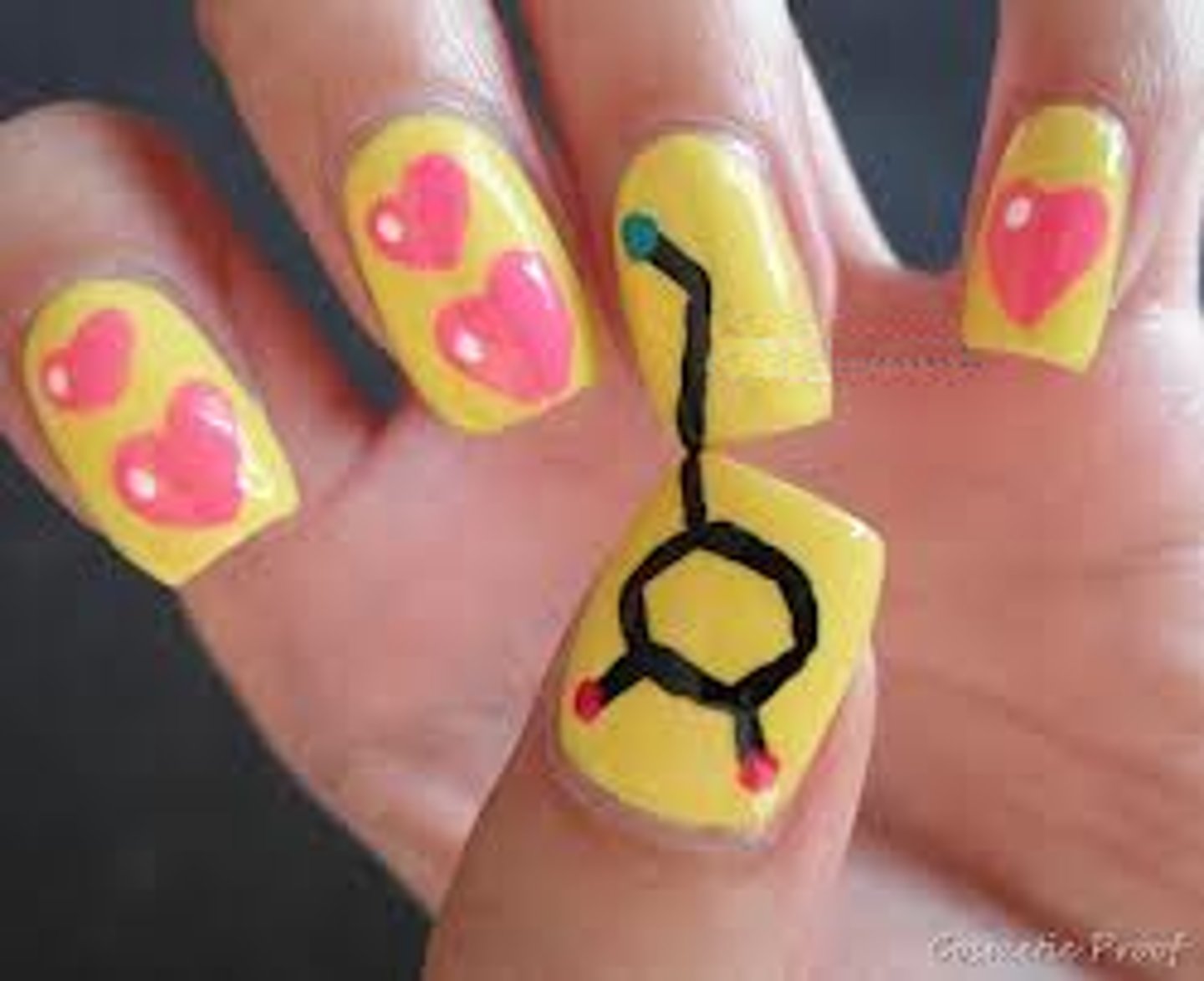
serotonin
pathways originate from the raphe nuclei (masses of neurons in the brainstem that produce serotonin)
inhibitory effect on the postsynaptic neuron.
functions: appetite, digestion, arousal
MUST-KNOW note: primarily responsible for the regulation of mood and sleep-wake cycle.
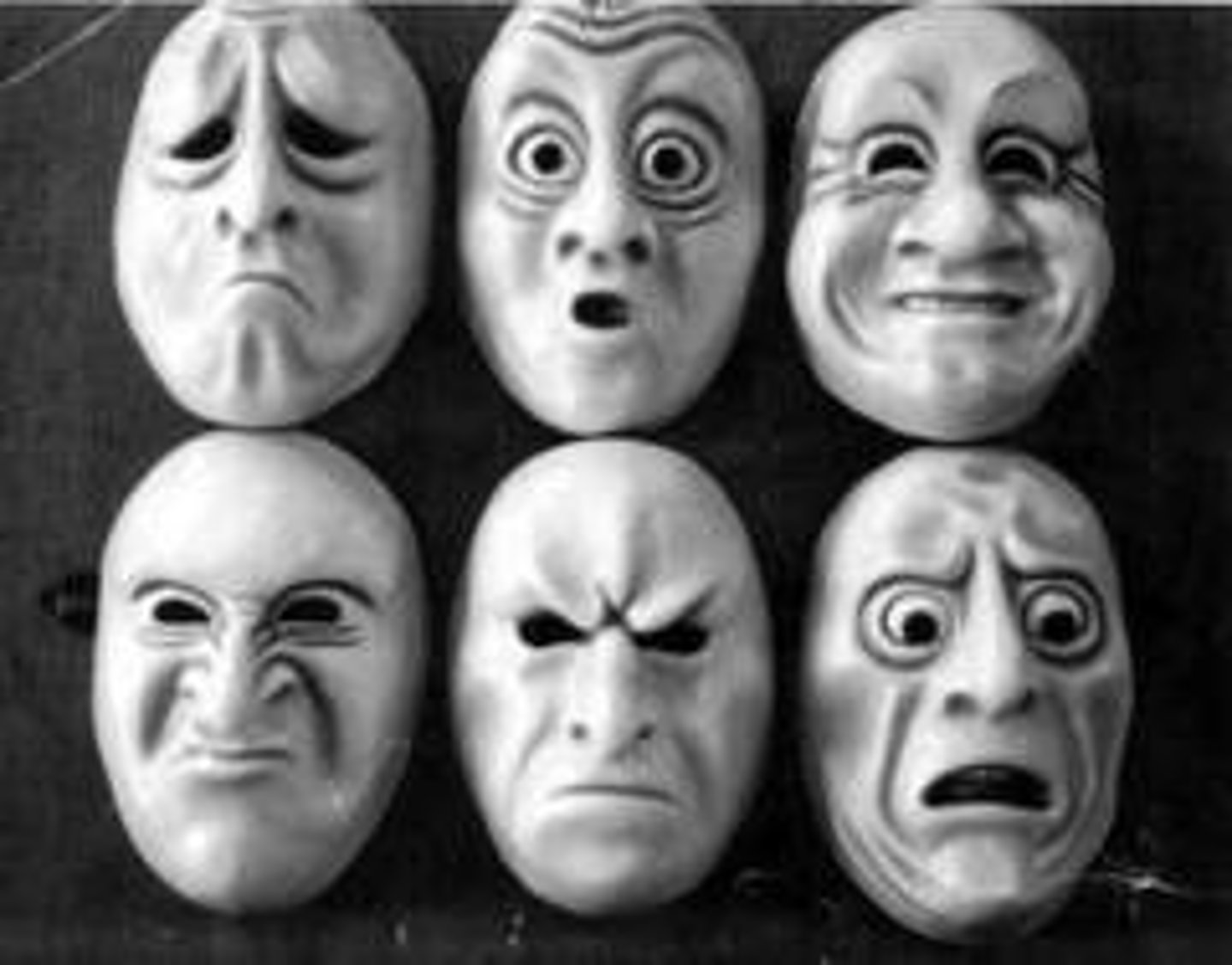
synaptic plasticity
ability of synaptic connections to change over time in response to activity or experience.
(changes include the formation, strengthening or weakening of synaptic connections)
mechanisms of synaptic plasticity + explain
sprouting: ability of dendrites/axons to develop new branches. increases the reach of the neuron and enables the formation of new synaptic connections.
rerouting: ability of neuron that is connected to a damaged neuron to create an alternate synaptic connection with an undamaged neuron.
pruning: elimination of synaptic connections that are not adequately activated. when neural synapses are not used, they are 'pruned'. necessary to accomodate stronger synaptic connections, enhancing efficiency of brain functioning
learning and memory
learning: process of acquiring knowledge, skills, behaviours through experience.
memory: process of encoding, storing and retreiving info that has been previously encountered.
synaptic plasticity in learning
synaptic plasticity is a fundemental mechanism of memory formation that leads to learning. when you form new memories, neural synapses in your brain physically change in response to these experiences.

long-term potentiation (LTP)
refers to the long-lasting strengthening of the synaptic connections that are regularly co-activated.
enhances the functioning of neurons whjere the post-sunaptic neuron is very receptive to the neurotransmitter released by the presynaptic neuron.
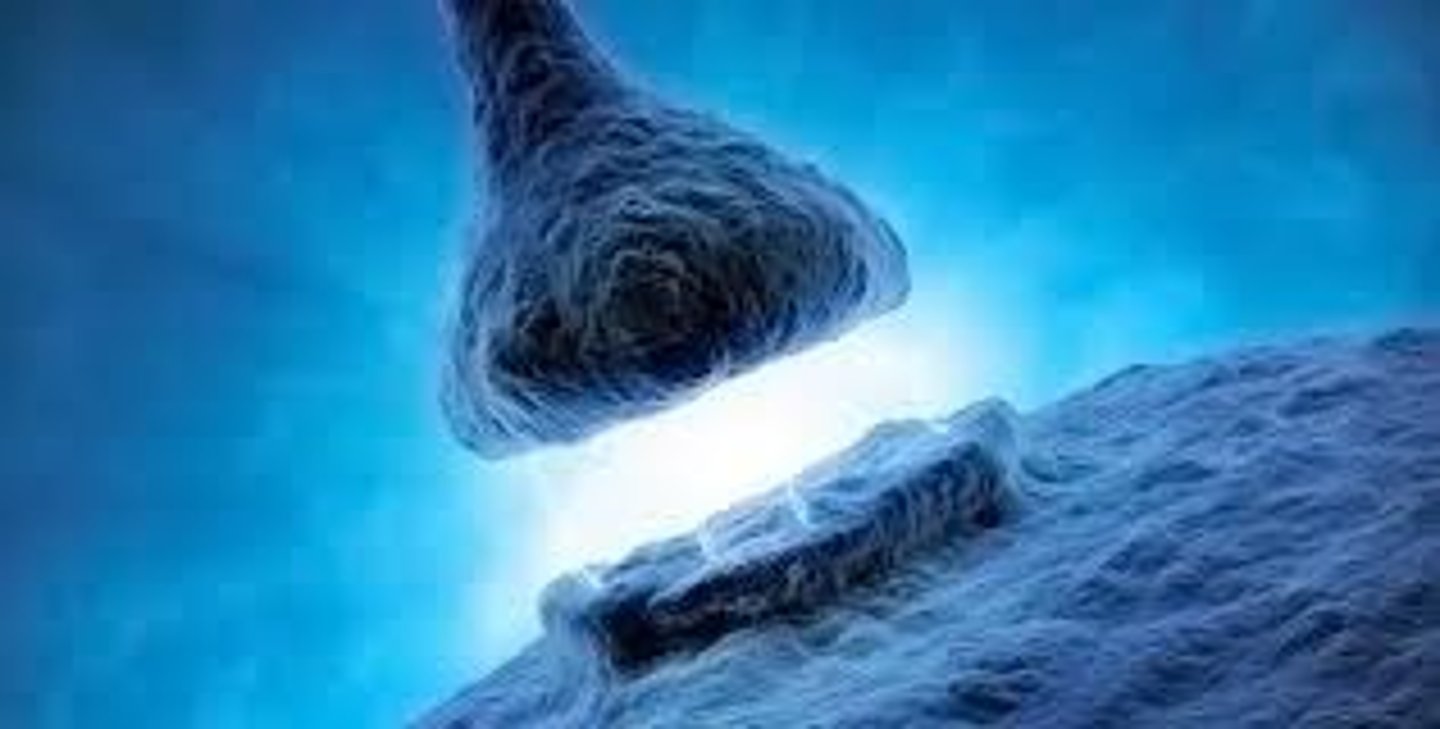
LTP structural changes
- increased number of receptor sites on dendrites of postsyunaptic neuron
- bushier dendrites due to sprouting
- increased number of connections between neurons.
long-term depression (LTD)
refers to the long-lasting and experience-dependent weakening of synaptic connections between neurons that are not regularly co-activated.
postsynaptic neurons becomes less responsiver to the neurotransmitter released by the presynaptic neuron.

LTD structural changes
- decreased number of receptor sites on dendrites of postsynaptic neuron
- decreased number of dendrites due to pruning
- decreased number of connections between neurons.
stress
a psychological and biological experience that occurs when an individual encounters something of significance that demands their attention and efforts to cope.
note: occurs when an individual encounters a stressor

stressors
stimuli that demand attention and efforts to cope.

types of stressors
internal stressors: originate from within the individual such as the experience of pain or the perception of a potential problem.
external stressors: originate from outside the individual from situations within the environment such as having too much work to do.
acute stress
immediate and short-term stress. tends to produce a large stress response for a relatively short period of time --> can be either harmful or helpful
chronic stress
long-term stress tha tinvolves a stress response that is maintained for an extended period of time.
could be due to stress that is ongoing or multiple stressors occuring together over a long-term period and is usually harmful.
eustress
a positive psychological response to a stressor.
ex. excitement, motivation, enthusiasm.
note: usually short-term and provides energy to reach target

distress
a negative psychological response to a stressor
ex. upcoming exams, nervousness, anxiety
note: can be short-term but can also persist and cause harmful effects to health if not adressed.

sources of stress
- daily pressure
- life events
- acculturative stress
- major stressors
freeze response
occurs when body movements stop, heart rate and blood pressure drop and tense muscles relax and become still.
- HYPERVILIGANCE
(being on guard, watching alert)

freeze response in animals
an animal that remains still during a threat may be more likely to avoid detection.
when opportunity for fight-flight takes place, the organism cn quickly switch to a highly energised state of full sympathetic NS arousal.
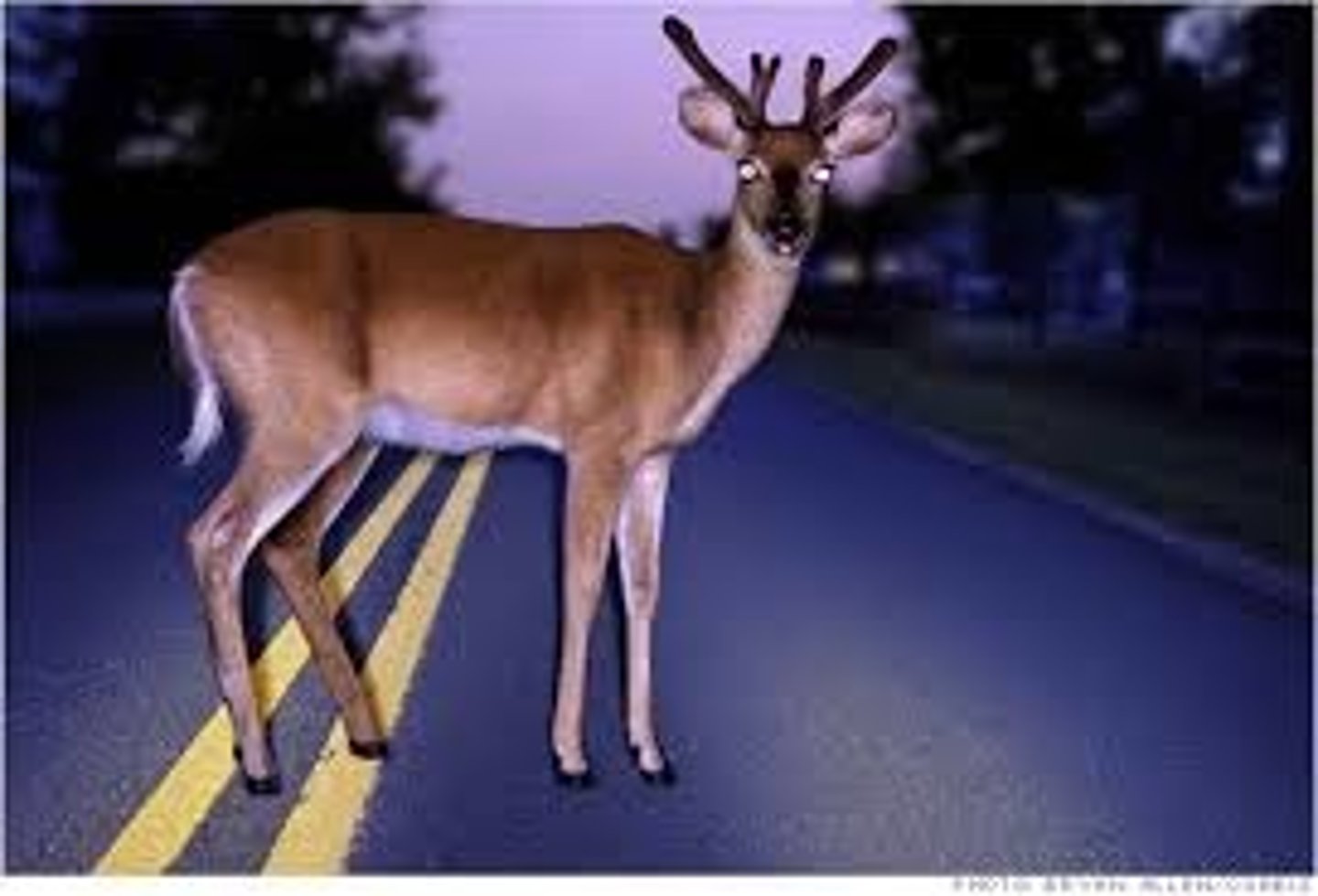
freeze response in the NS
both the sympathetic and Parasympathetic NS are activated when the freeze response is initiated, with some aspects of the parasympathetic NS being dominant (such as reduced blood pressure and heart rate) over the sympathetic NS until the organism enters flight or fight where the sympathetic NS becomes dominant.
cortisol
steroid hormone that is released in times of stress to aid the body in initiating and maintaing heightened arousal. released by adrenal glands, that is involved in both short-term and longer-term responses to stress. --> helps the body deal with a threat.
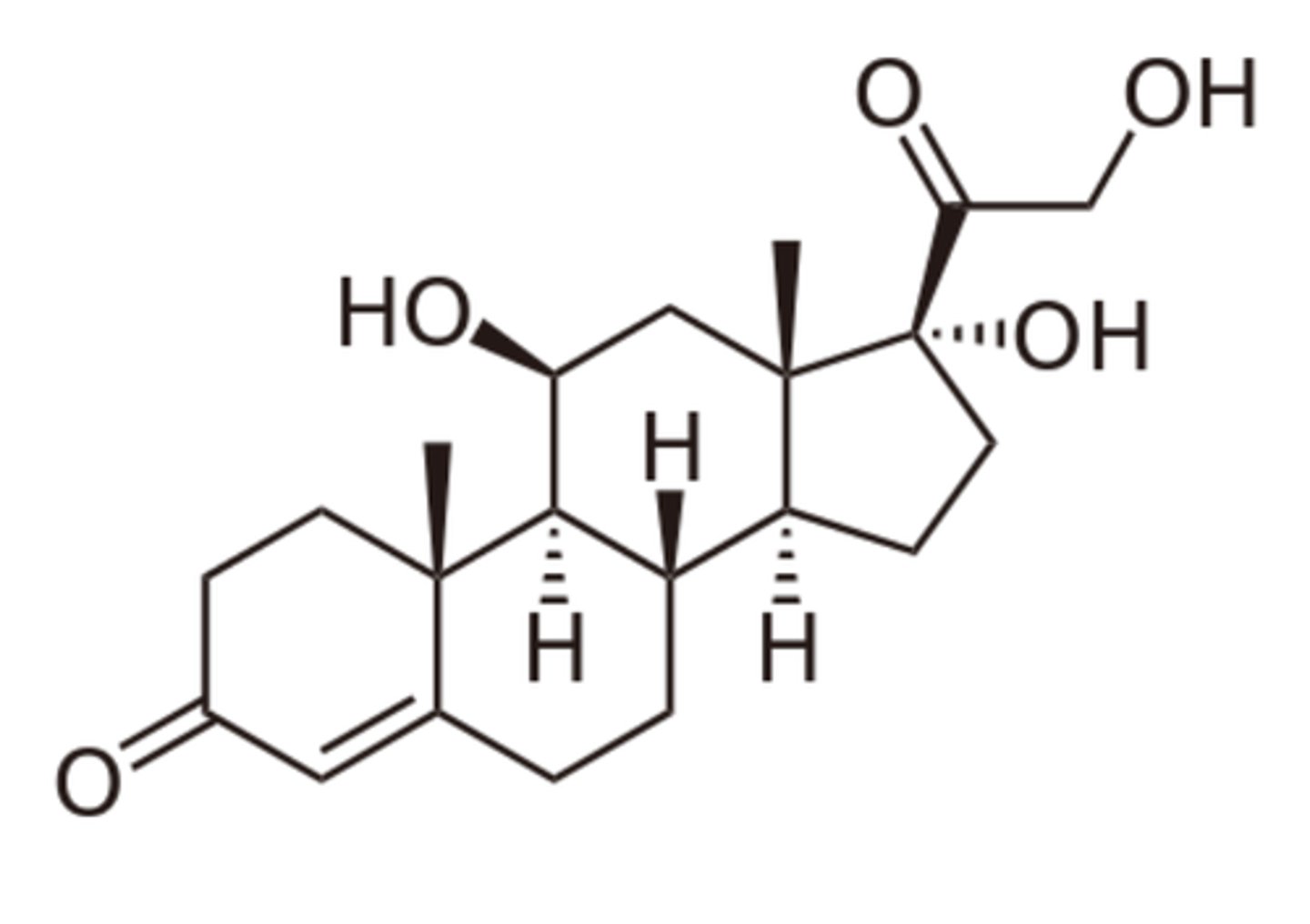
what adaptive functions does cortisol serve
- increased blood flow and sugar
- improved metabolism
- energising the body
- reducing inflammation
note: when stress is long-term and high cortisol levels remain in th bloodstream, cortisol can suppress the immune system.
immunosupression (cortisol in immune system)
cortisol can suppress the immune system if levels are too high and in the body for too long.
because it causes the bodys functions to operate at heightened elvels, depleting the body of the energy required to fight off bacteria.
seyle's GAS model
a biological model of stress that reacks the psychological reactions to stress over time.
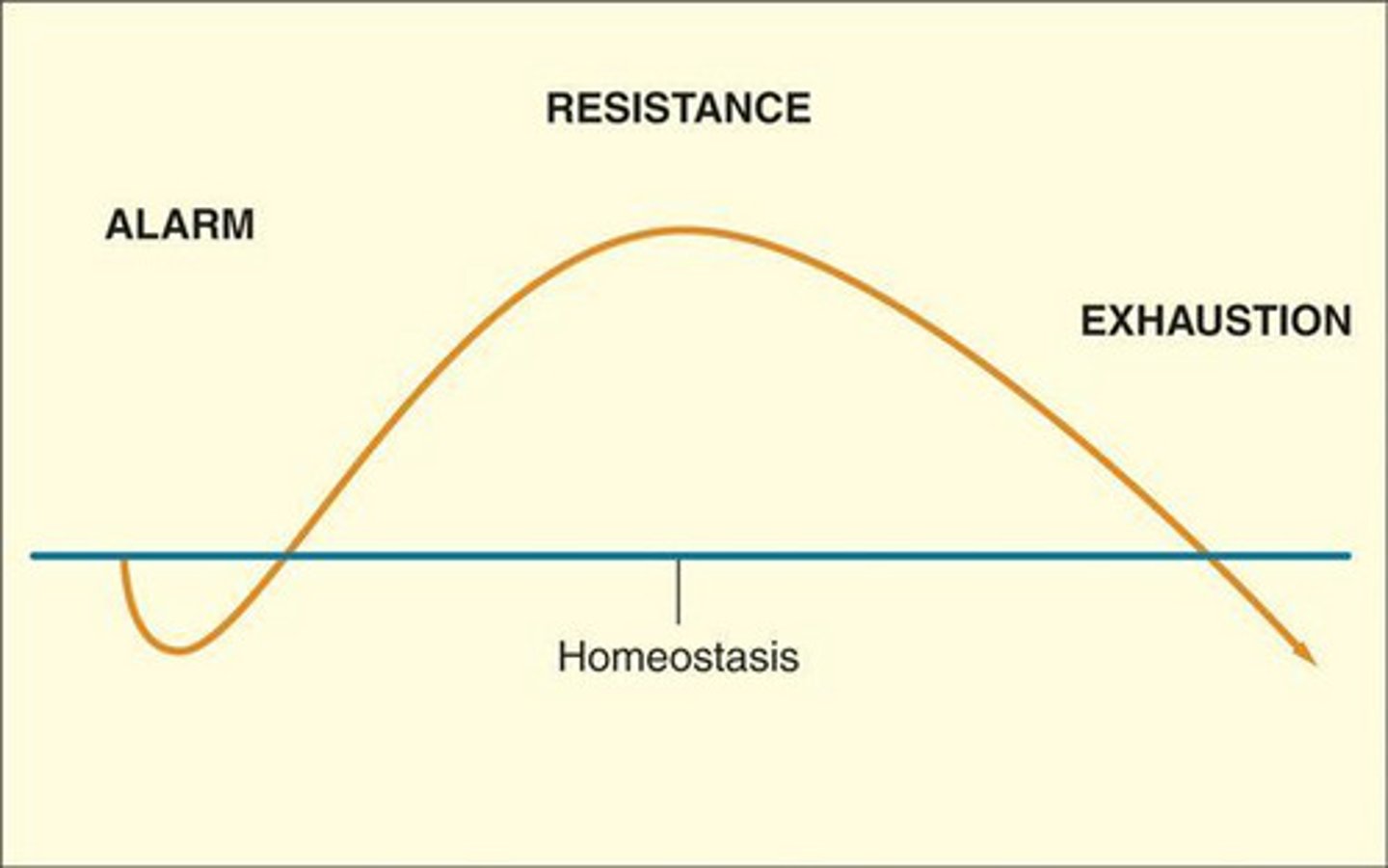
what does the GAS model propose
regardless of the stressor, the same biological reactions occur in response to stress.
the stages of Seyle's model occur in the face of a persistent stresor. the kind of stress adressed by this model is long-term.
3 stages of GAS
1. alarm reaction
2. resistance
3. exhaustion
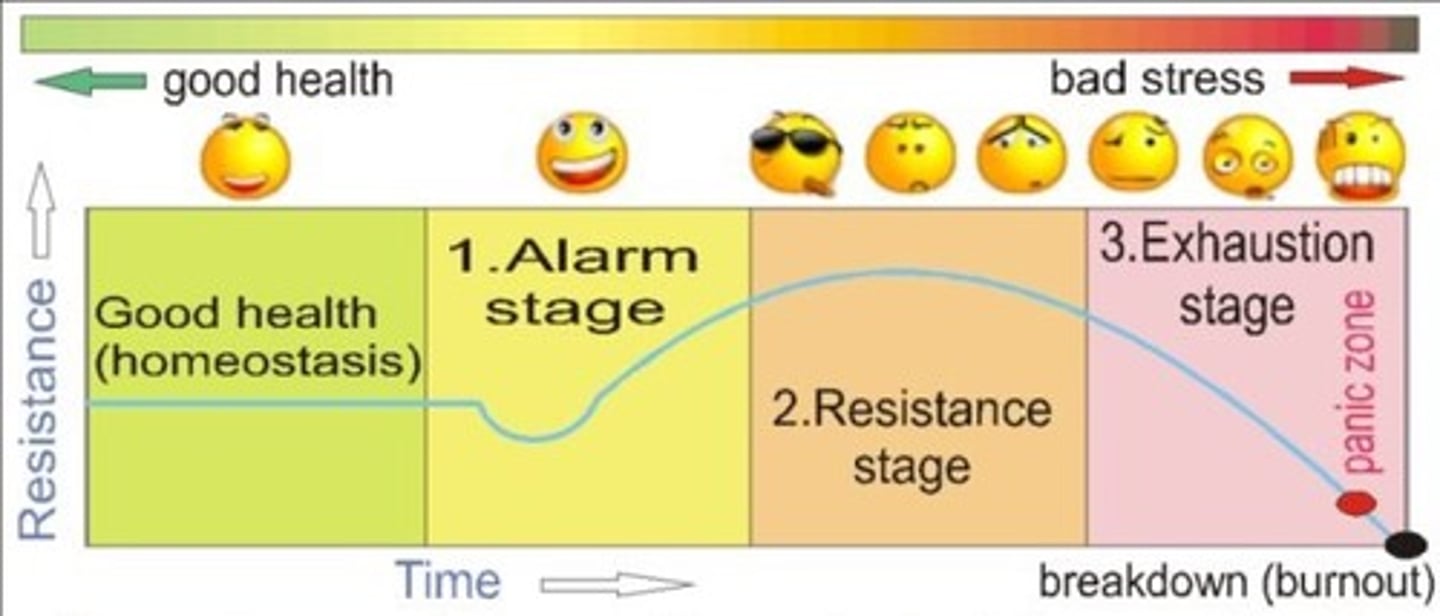
alarm reaction
the first stage and the immediate reaction that occurs when a person initially encounters a stressor. this stage imobilises the body to confront a stressor, and is comprised of 2 substages.

2 substages of alarm reaction
1. shock
2. countershock
shock
the first substage of alarm reaction in which the body's biological reactions fall below normal functioning.
the body acts as though it is injured, experiencing a temporary drop in temp and blood pressure.
note: ability to deal with stressor is momentarily reduced.

counter-shock
second substage in alarm reaction in which sympathetic NS responses occur. Includes the release of adrenaline and cortisol.
resistance
body's resistance to stress remains above normal levels- intense alarm arousal diminishes but psychological arousal remains at a level above normal.

cortisol in resistance.
cortisol continues to be released in high amounts to further energise the body and help repair damage however, cortisol weakens the immune system and interferes with the body's ability to fight disease.
what happens if resistance is succesful?
if the effort to deal with the stressor during resistance is successful, the organism will have adapted and will return to a normal level of functioning.
exhaustion
an organisms resistance to a stressor falls below normal levels of functioning.
A person stuck in the exhaustion stage often experience fatigue, sickness, and increased susceptibility to mental health disorders such as anxiety and depression.

gas model strengths
1. recognises a predictable pattern of physiological responses associated with distinct stages.
2. recognises the relationship between chronic stress and illness.
3. provides objective, empricial info about the biological processes involved in the stress response.
gas model limitations
1. only focuses on biological aspects of stress. ignores psychological factors.
2. fails to recognises subjectivity of the response.
3. research is conducted on rats, reducing generaliability of the model to human population
lazarus and folkmans transactional model of stress and coping
model to describe and explain individual differences in how people respond differently to stress from a psychological perspective.
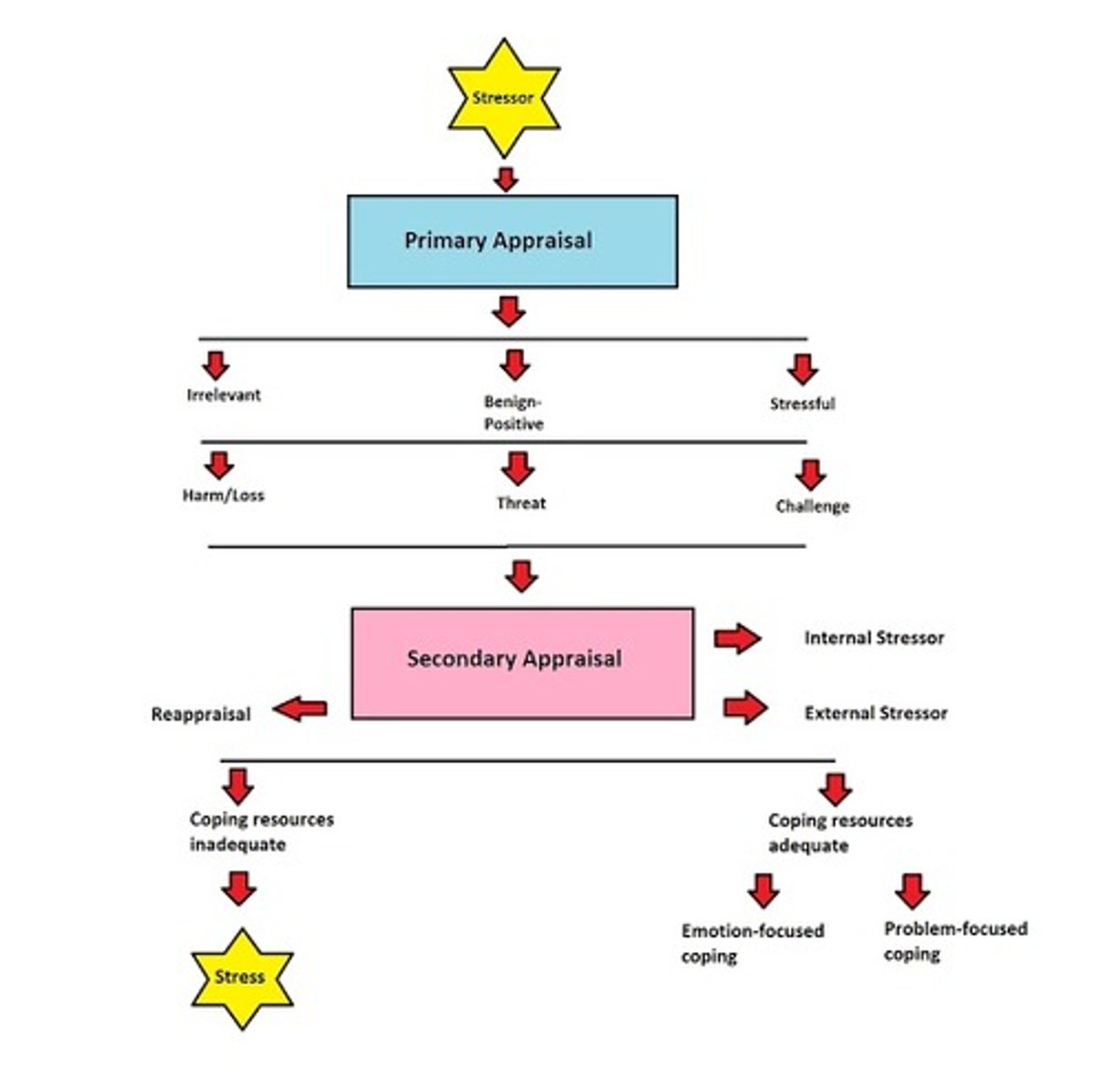
2 main psychological factors of L&F
1. personal interpretation of the stressor
2. individual belief in ability to cope with stressor.
what does the LF model suggest
stress is a subjective transaction between an incoming stressor and the personal and environmental factors specific to an individual.
Stress arises when there is a perceived imbalance between what a stressor requires and the coping resources believed to be available to deal with it.
are appraisals concious or unconcious
appraisals of a situation are not always concious. but always subjective.
primary appraises
involves the individual deciding whether or not the incoming stimulus will actually cause them to experience stress.
how can primary appraises be interpreted
- irrelevant (not stressful)
- benign/positive (neutral no stress)
- stressful (worries individual, causes stress)
note: IF STRESSFUL, UNDERGOES FURTHER APPRAISAL
harm/loss
threat
challenge
harm/loss: how much damage has been done (distress)
threat: assessment of harm that has not yet occured
challenge: potential for eprsonal gain (eustress)
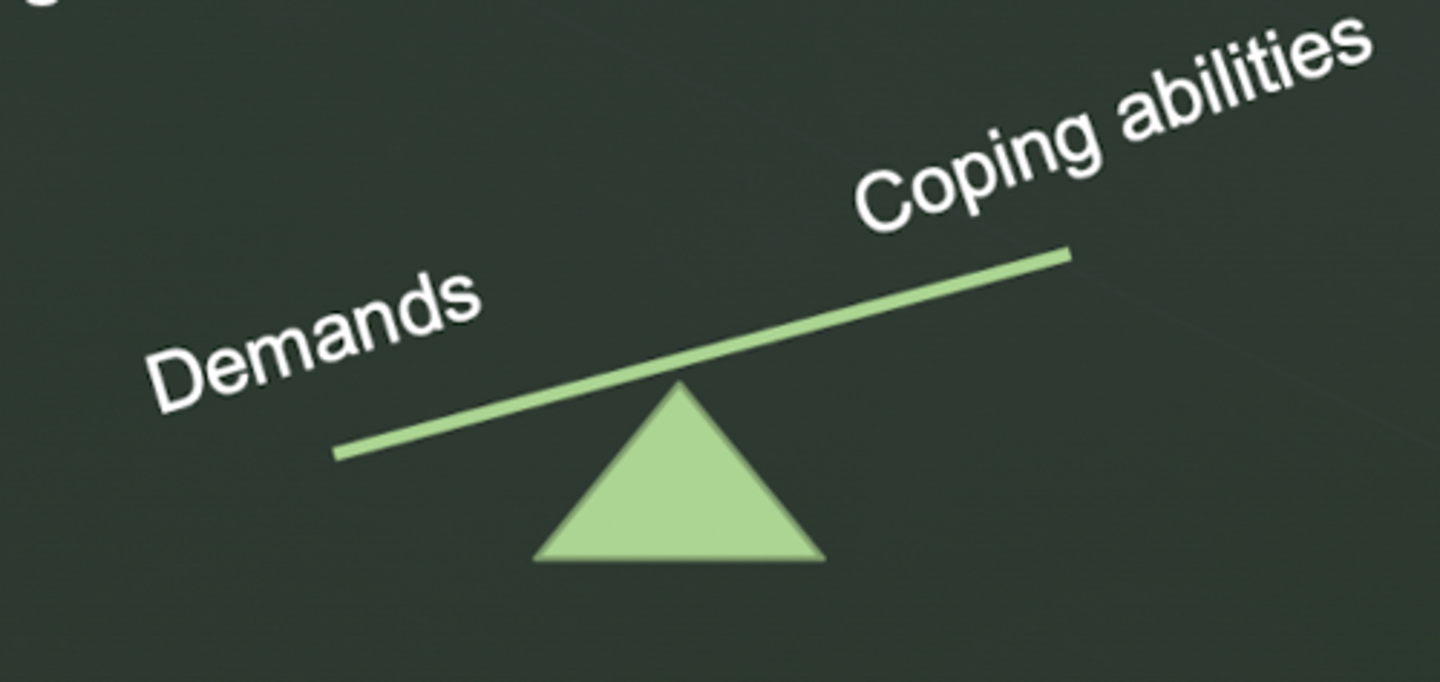
secondary appraisals
evaluation of our coping options and resources and ability to deal with the event.
may be internal or external.
if coping demands are deemed to be greater than the available resources, it is likely that we will experience increased stress.

types of coping (secondary appraisals)
emotion-focused coping
problem-focused coping
emotion-focused coping
the use of coping strategies that target the emotional components of a stressor, dealing with the stressor indirectly, rather than confronting its source.
eg. wishful thinking, denial, reframing, optimism, venting
problem-focused coping
use of coping strategies that directly target the source of a stressor, aiming to reduce it in a practical way.
eg. seeking info/advice, taking action, time-management
transactional method strengths
1. allows one to track the subjective stress response of an individual.
2. helps explain why the same stressor may have different efects on different people.
3. reappraisal stage acknowledges that a stressor and its demands may change over time.
transactional method limitations
1. some argue that stages of primary and secondary appraisals can occur simultaneosly, so ordering them chronologically may not be reflective of the model.\
2. individuals are not necessarily aware of why they feel certain kinds of stress.
3. hard to test, as human subjects are not always conciously aware of all stages of appraisal.
the gut
(gastrointestinal tract) refers to the long flexible tube from mouth to anus that is the passageway involved in digestion.
responsible for processing food, absorbing nutrients and excreting waste.
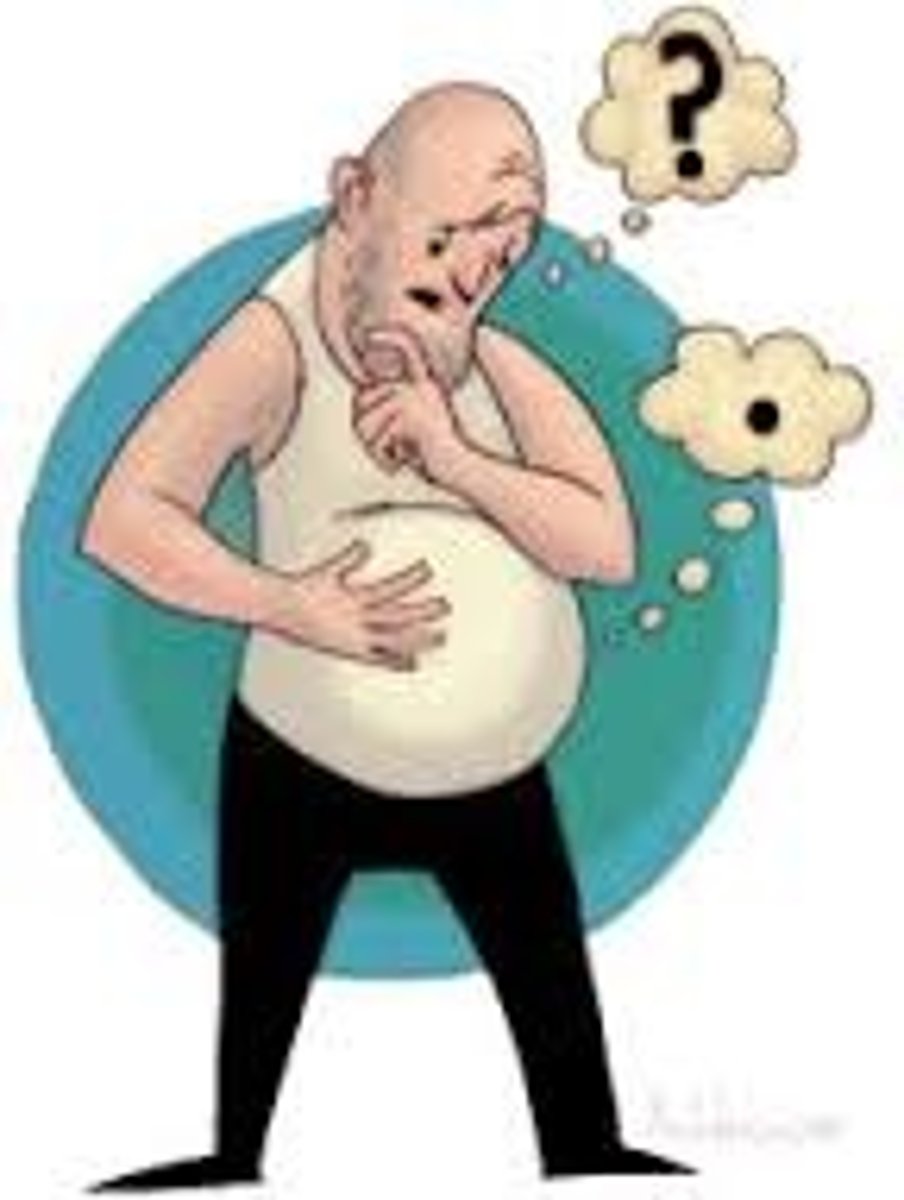
gut microbiota vs gut microbiome
microbiota refers to all the microorganisms that live in the gut
microbiome refers to all the genes of microorganisms.

the gut brain axis
a relativelu new and emerging area of research that involves looking at the brain and gut and how they may interact and influence each other.
refers to the bidirectional connection between ther gut and the brain through the enteric and central NS
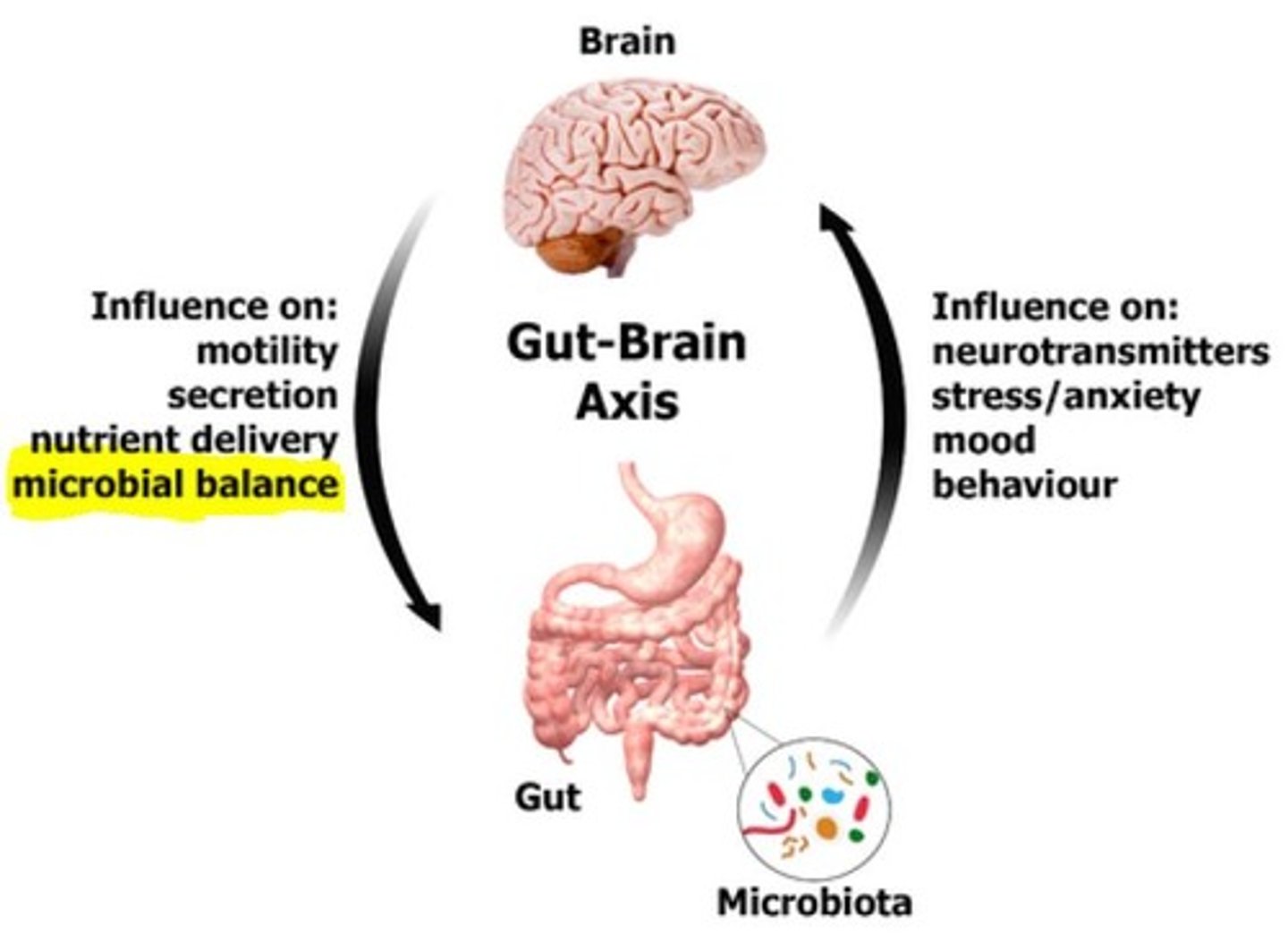
enteric nervous system
refers to the entwork of nerves in the gut and is a subdivison of the autonomic nervous system
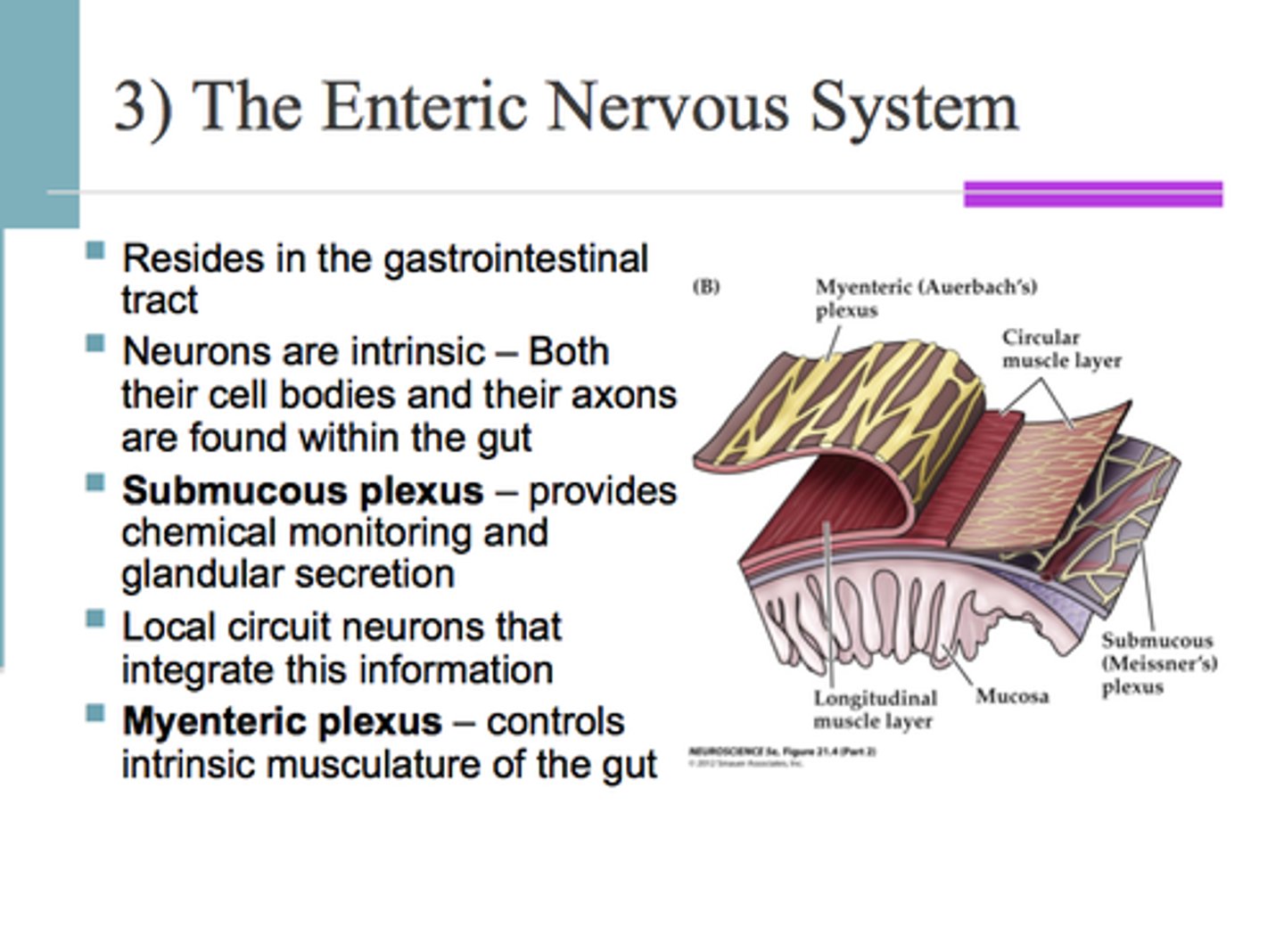
vagnus nerve
the longest cranial nerve that connects the gut and the brain, enabling them to communicate.
responsible for bidirectionally conveying info between the gut and the brain.

GBA research
- the gut can impact our psychological processes and behaviour
- suggests there are potential links between the gut and experiences of stress, the presence or absence of mental illness, leaning, memory, body-weight and behaviour.